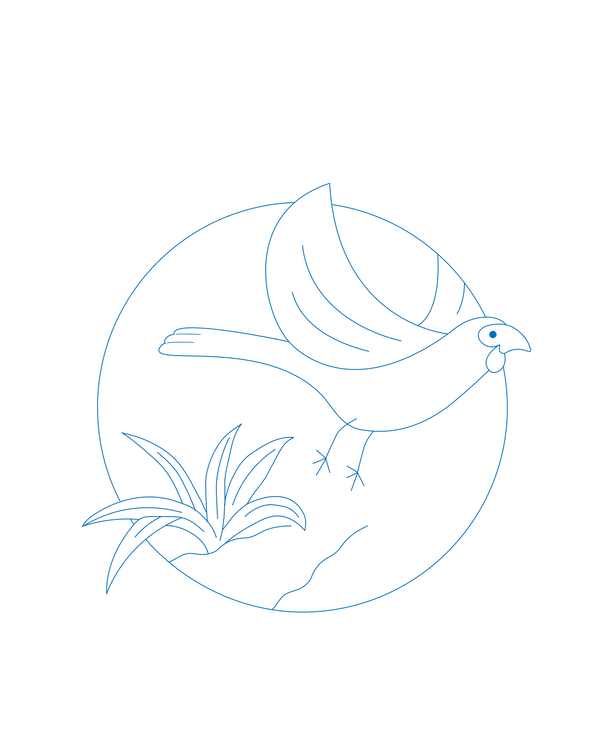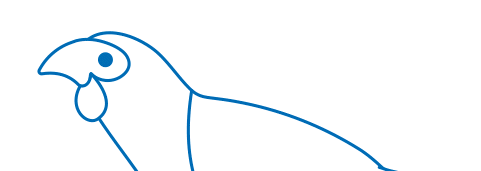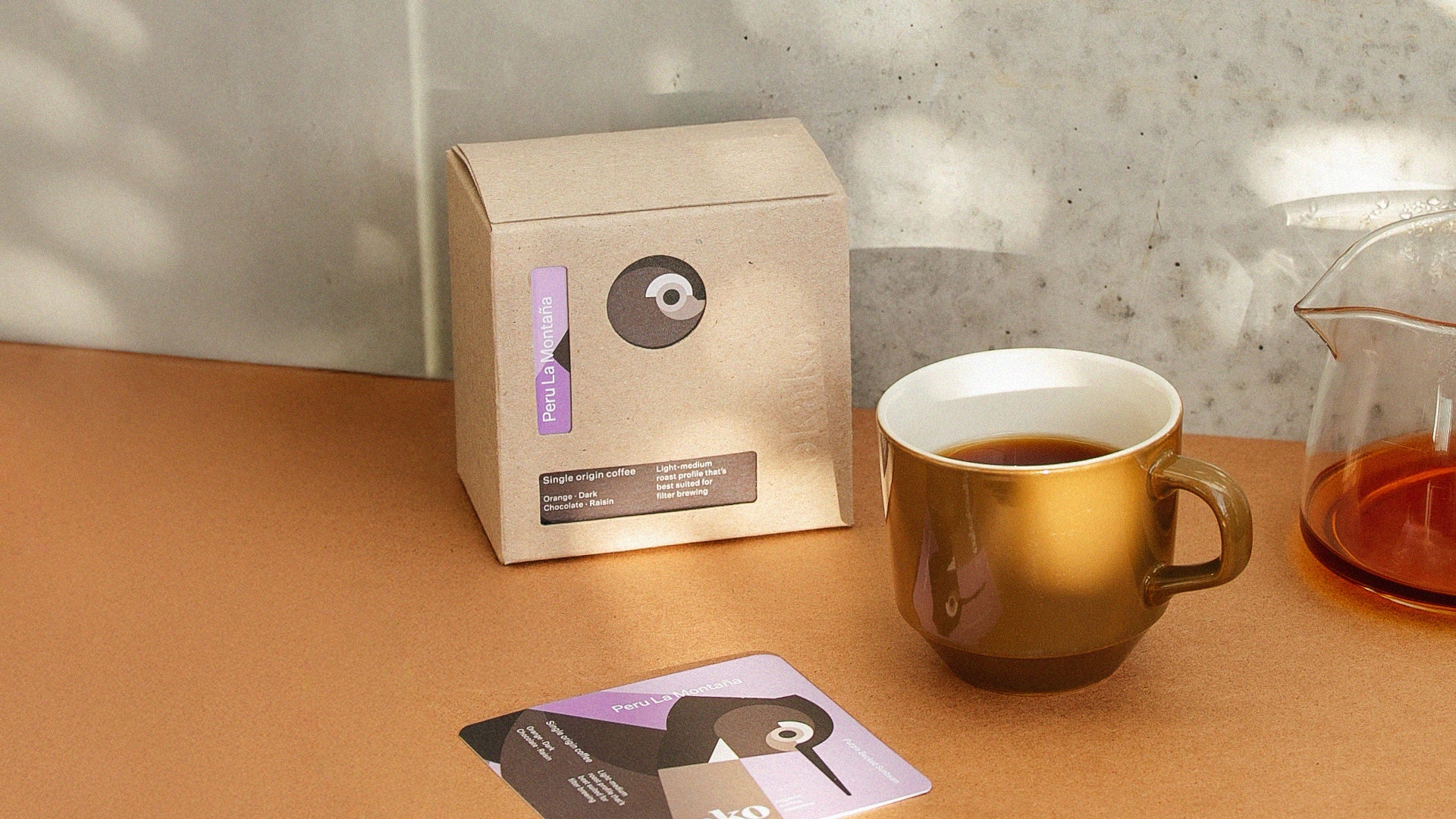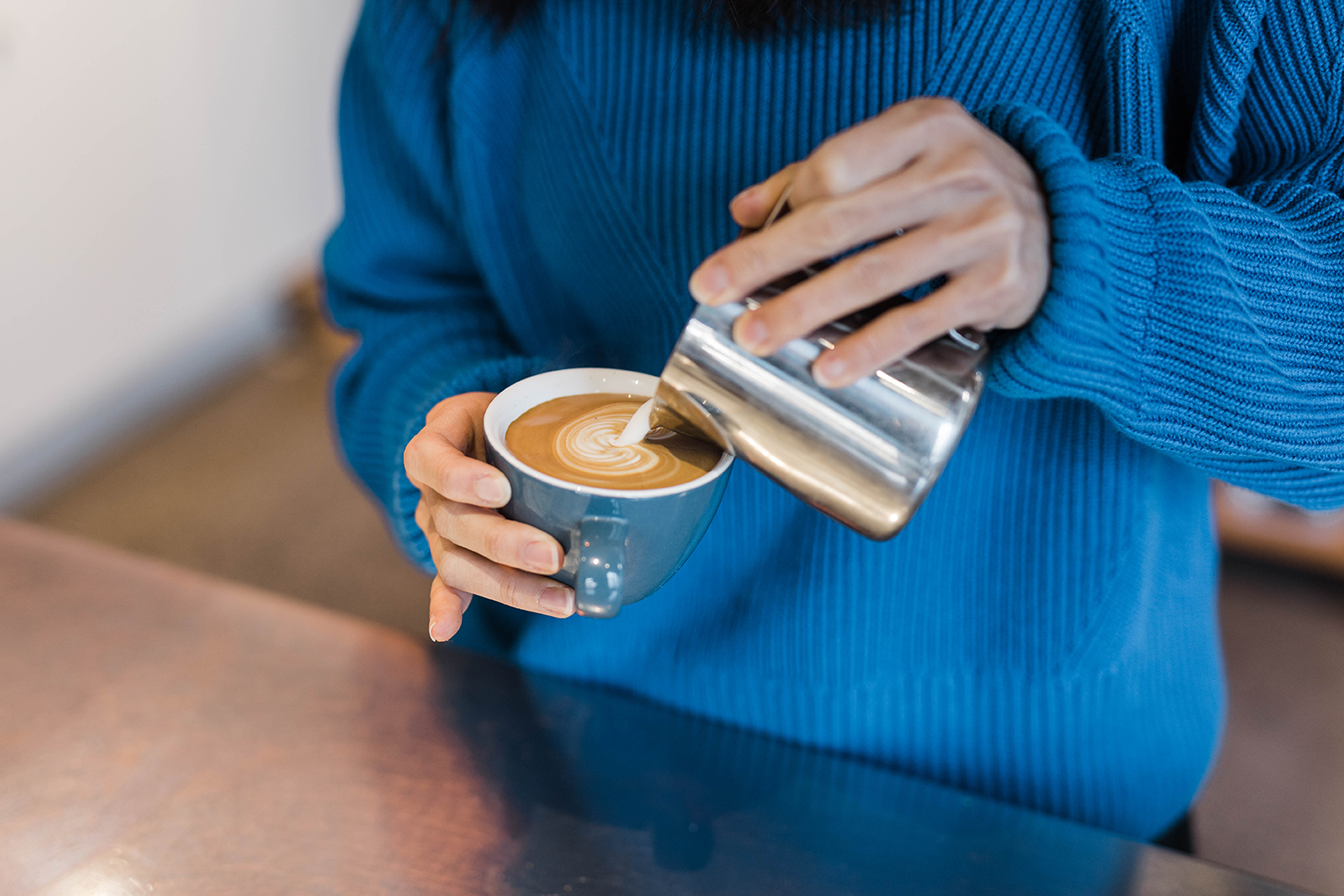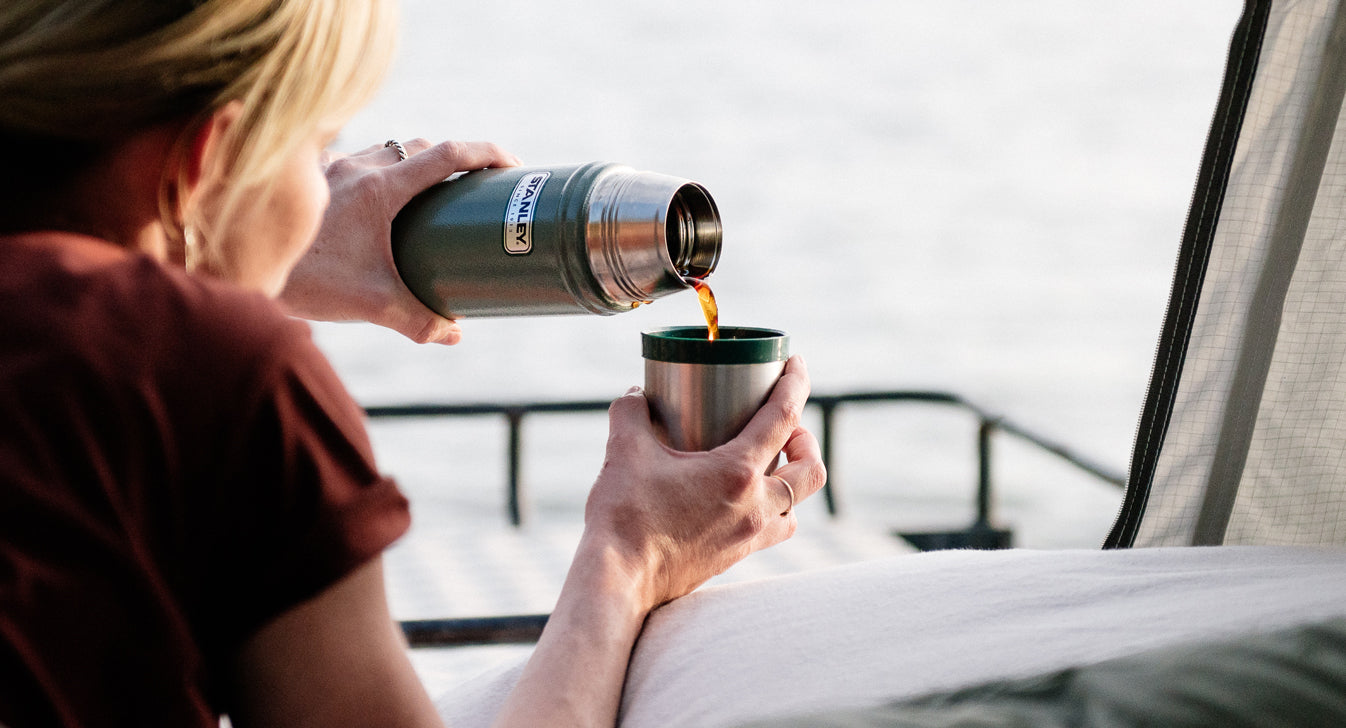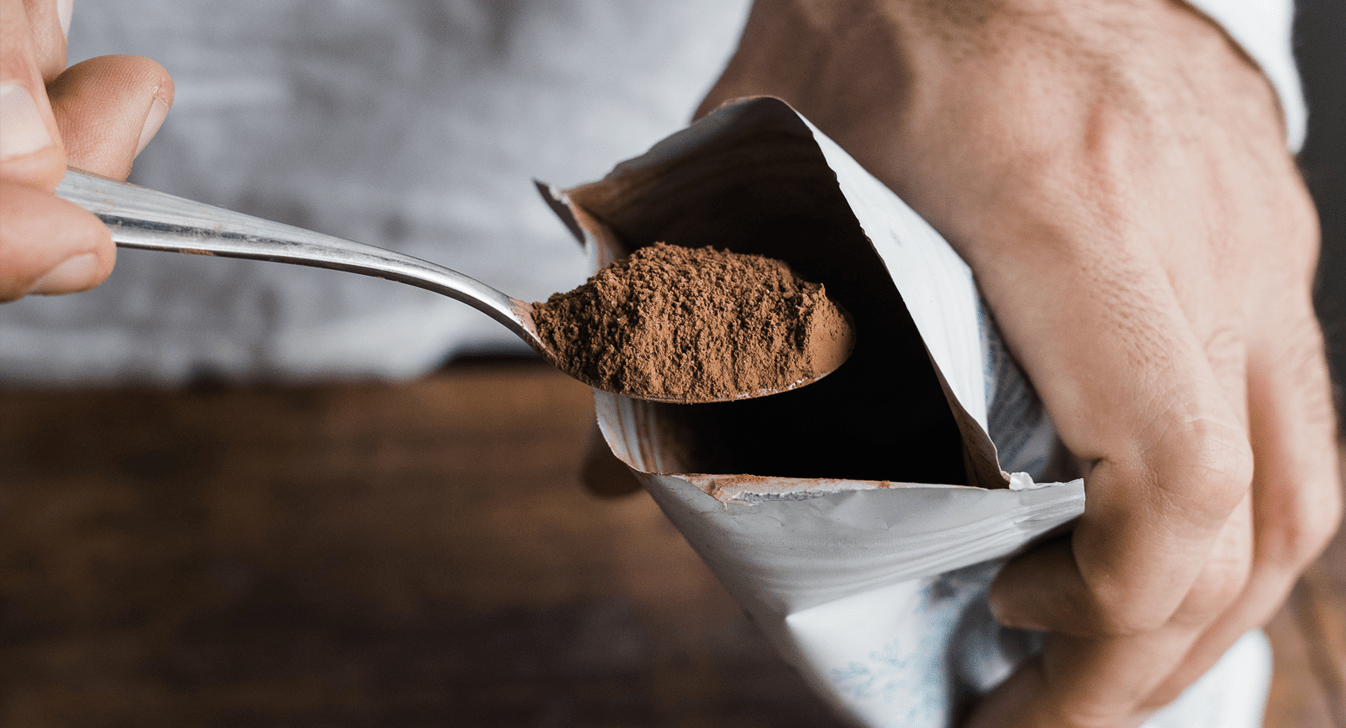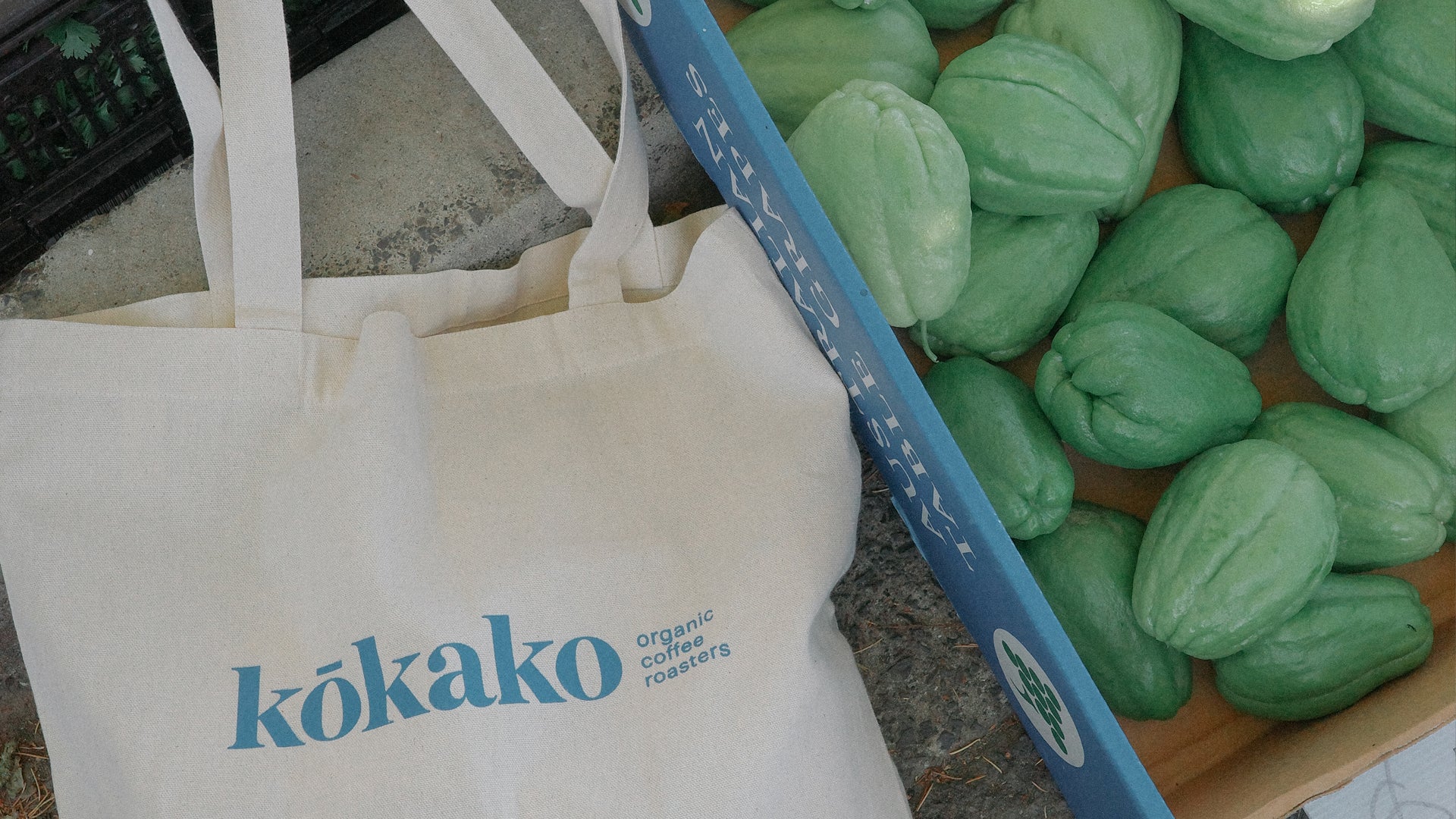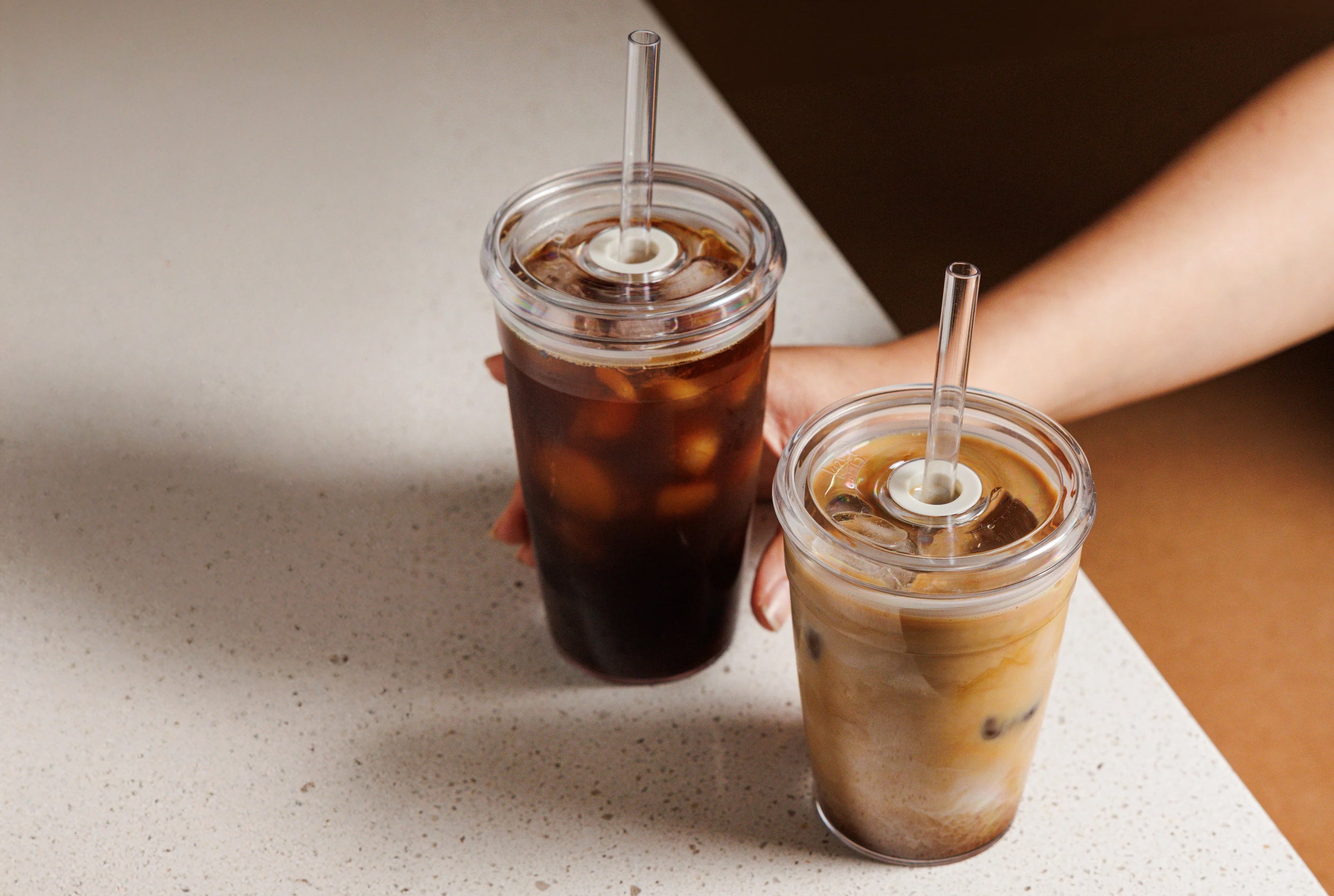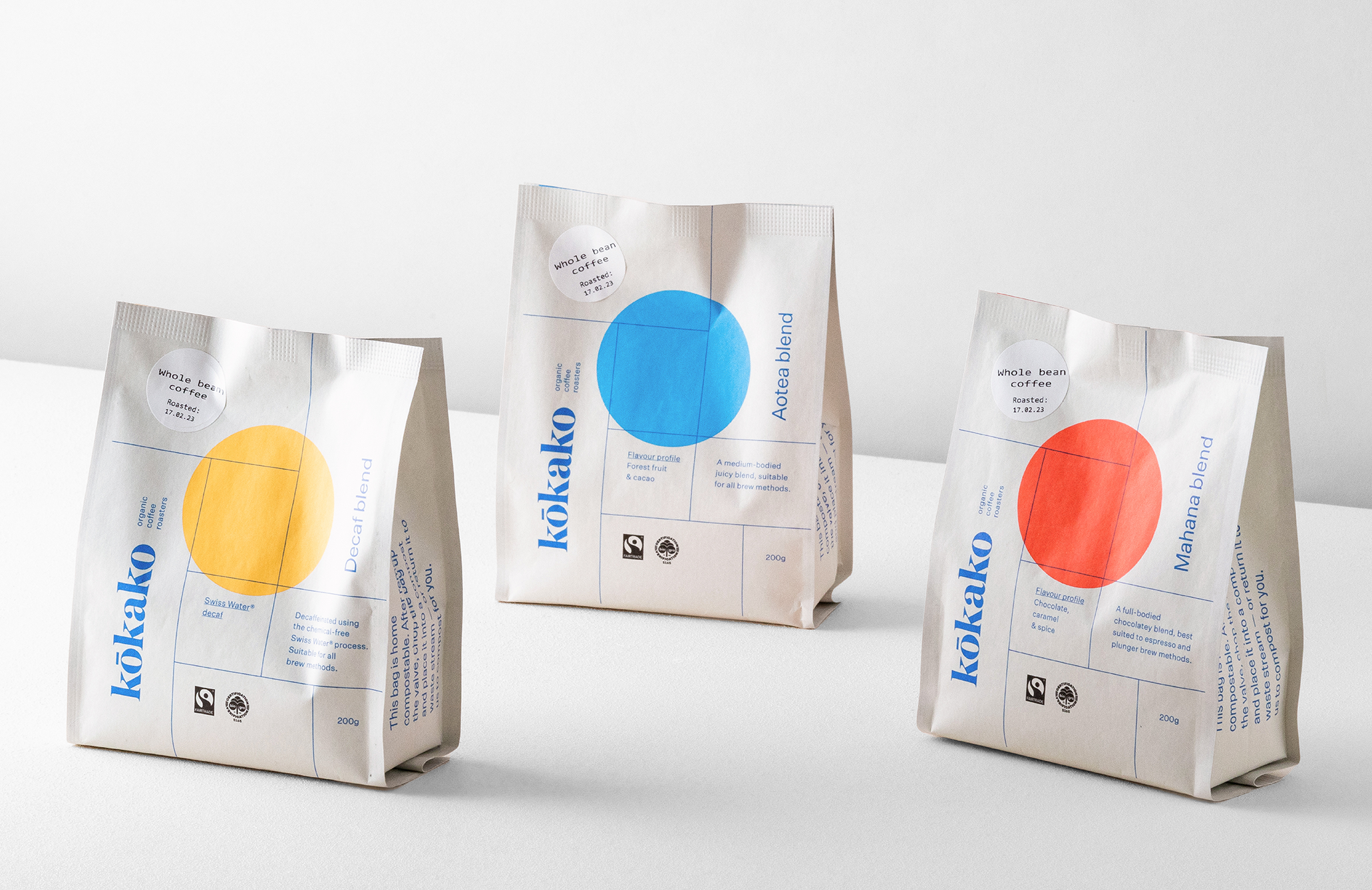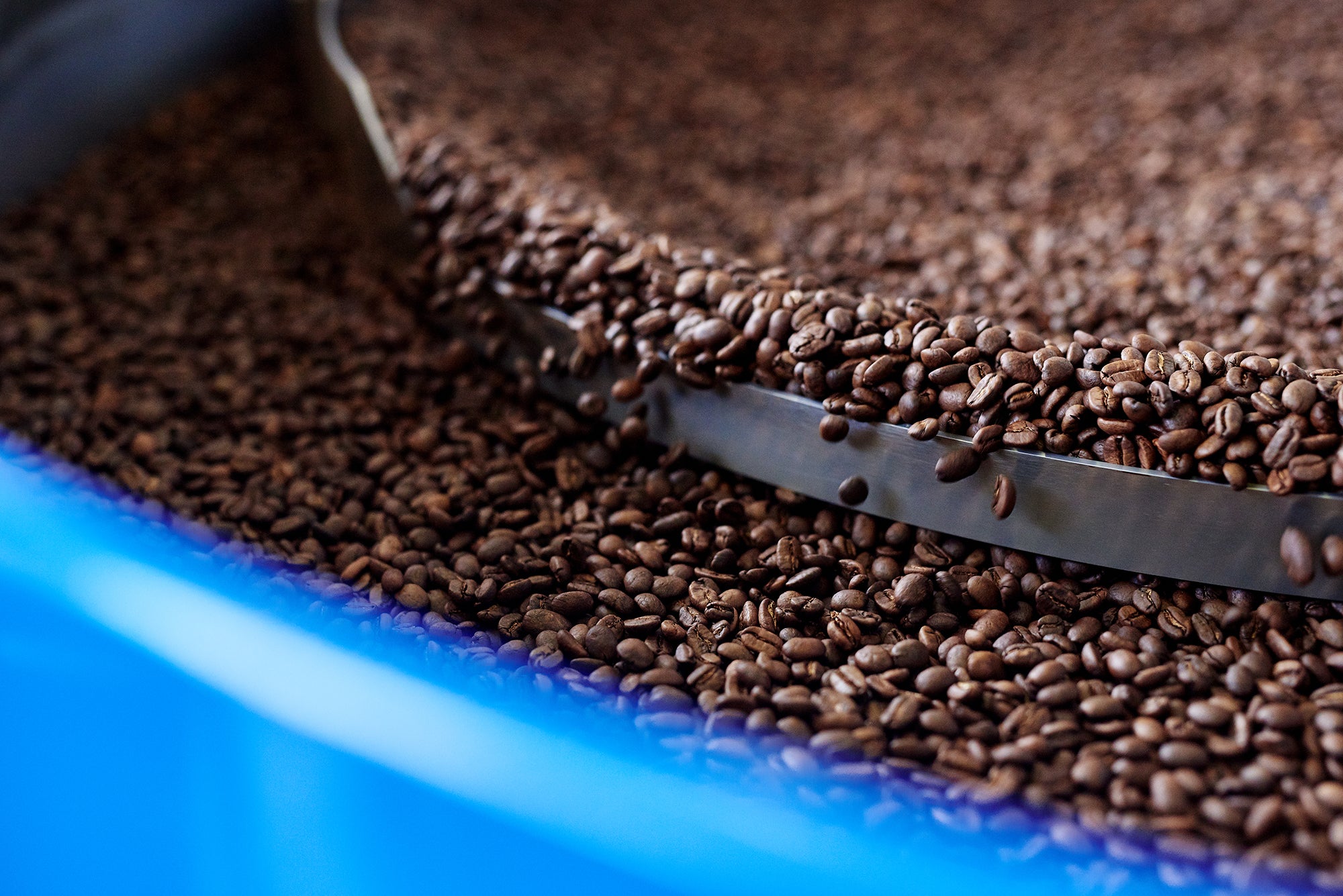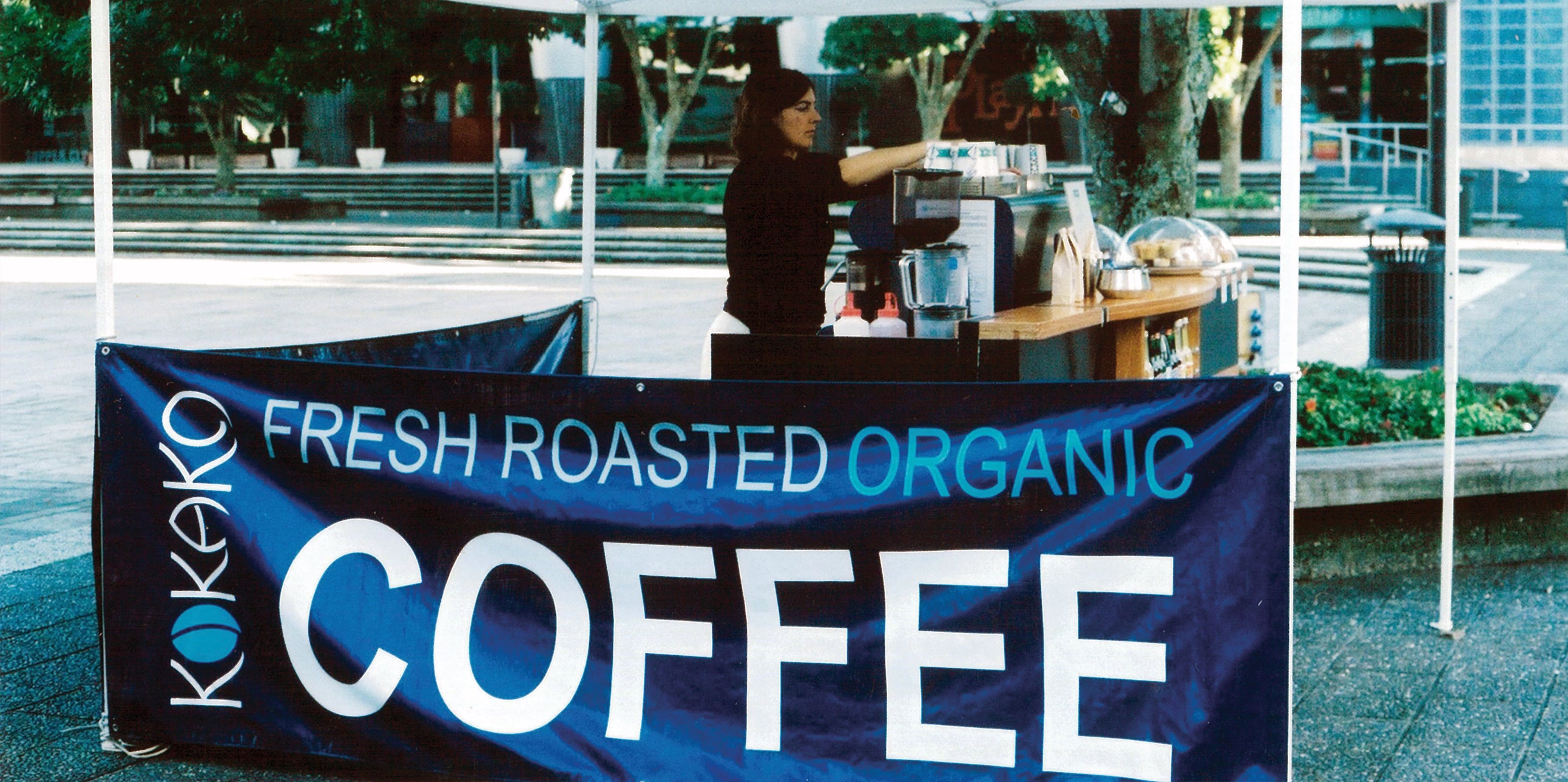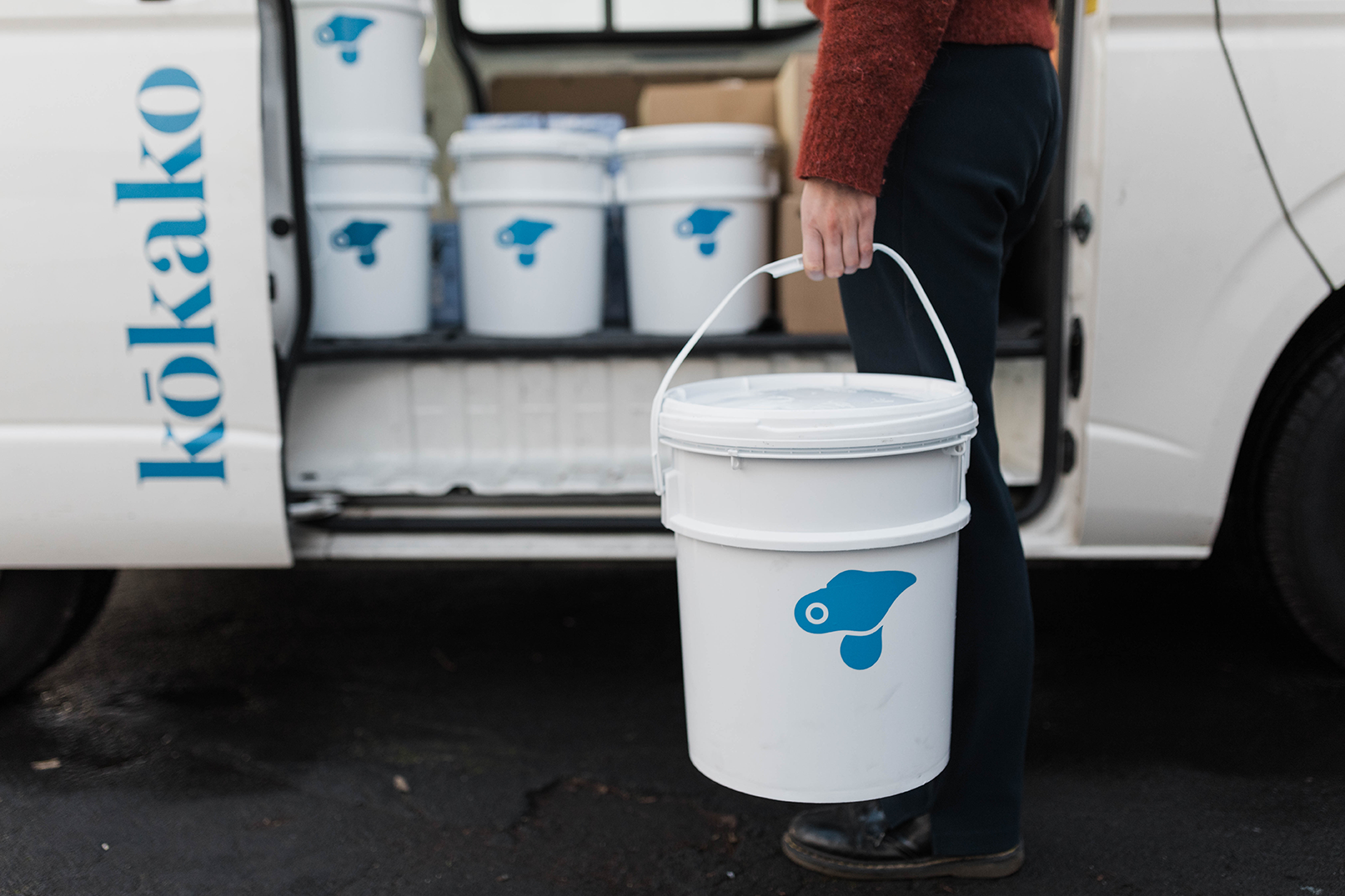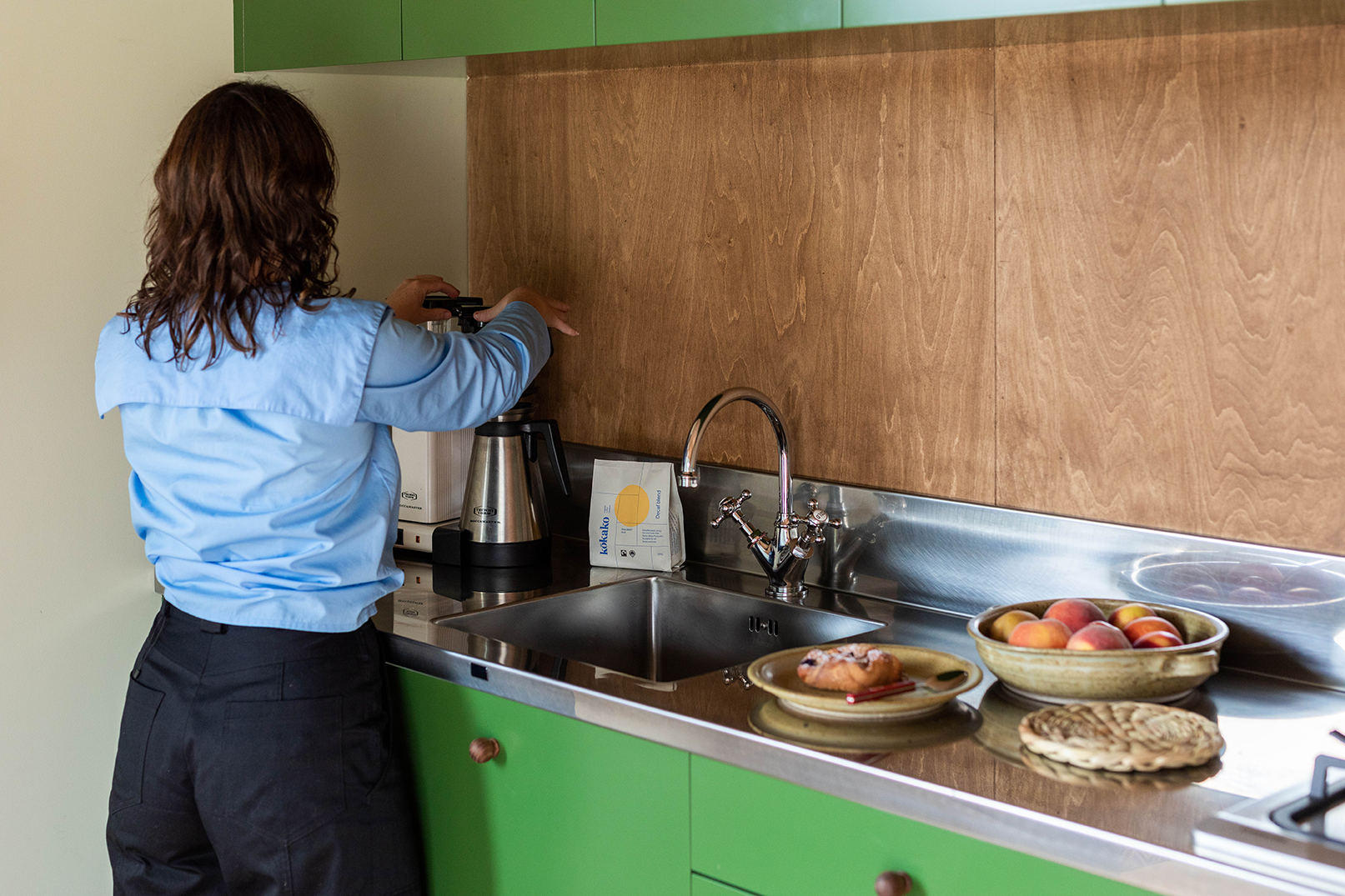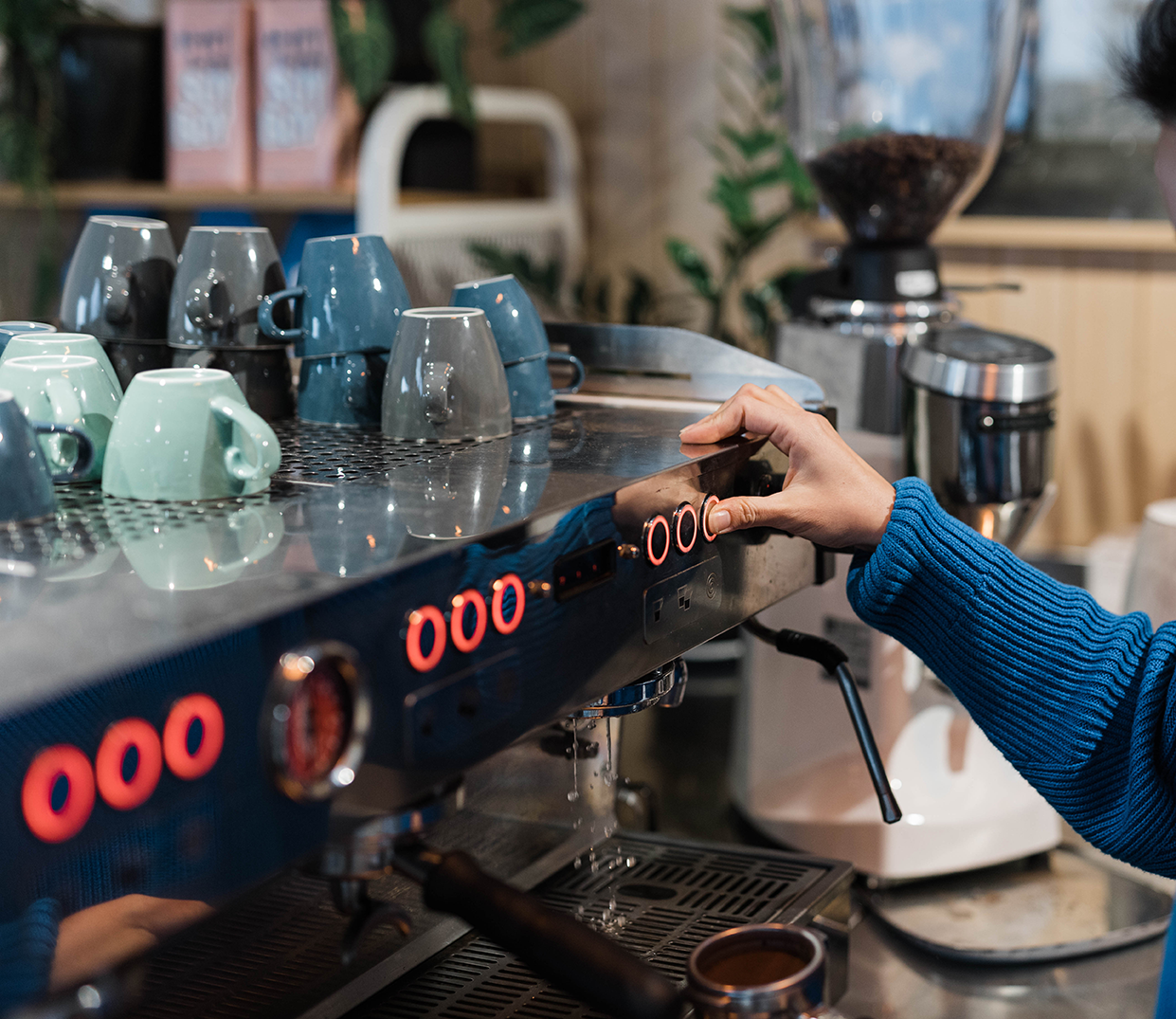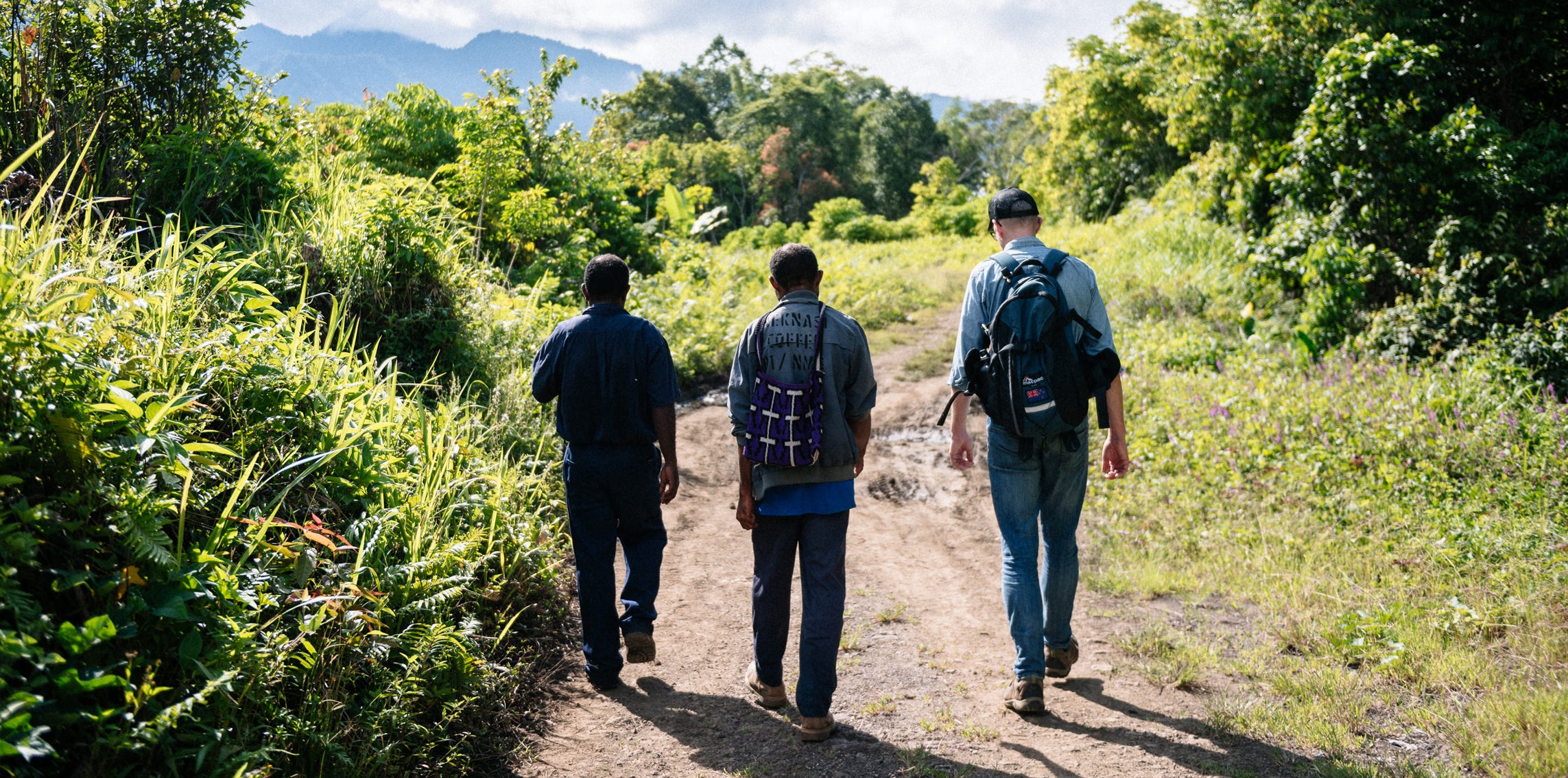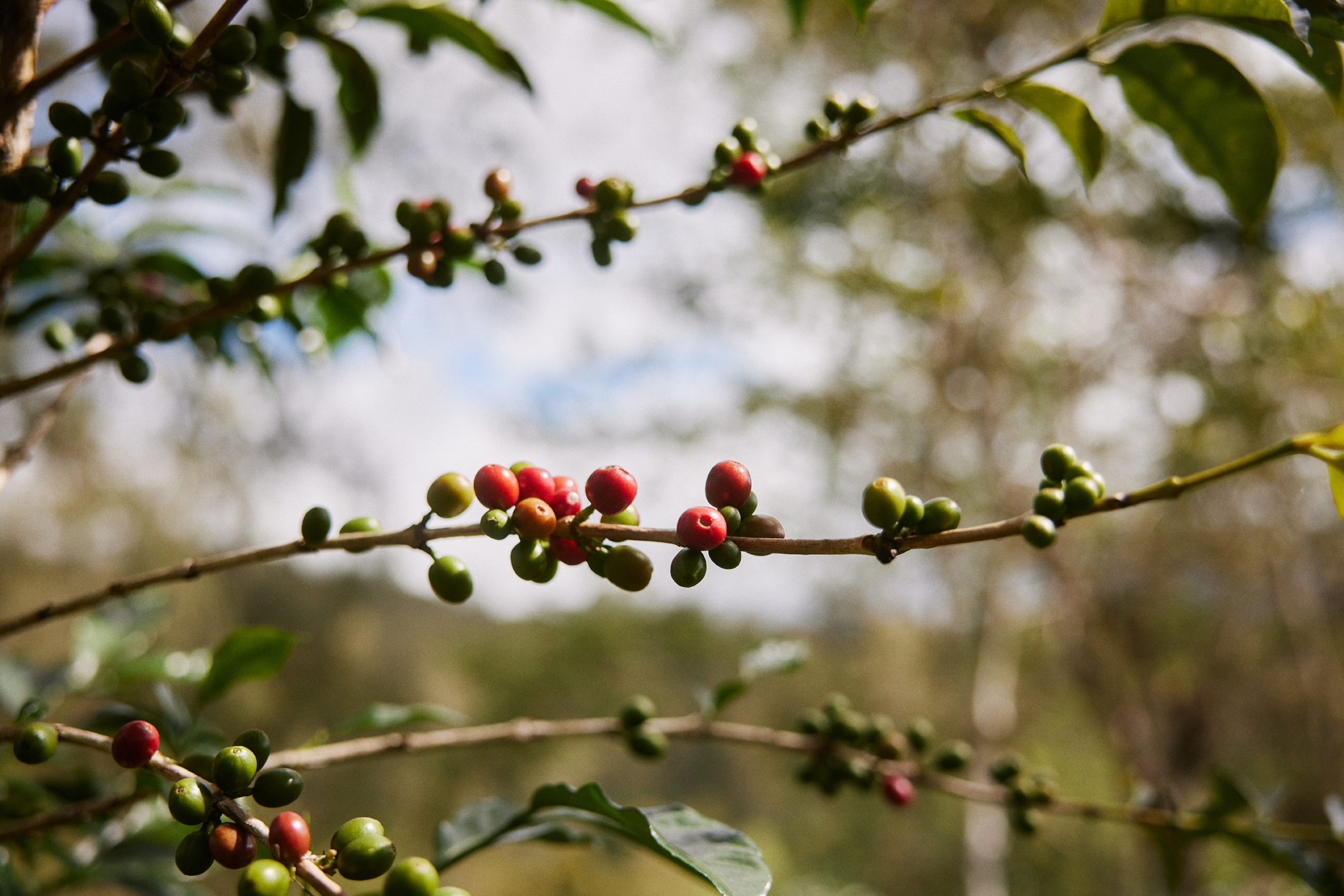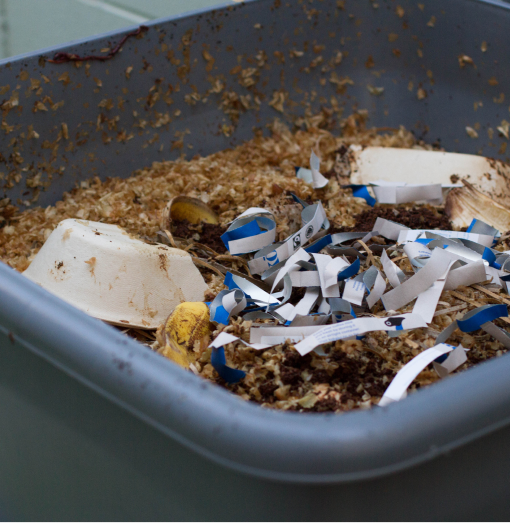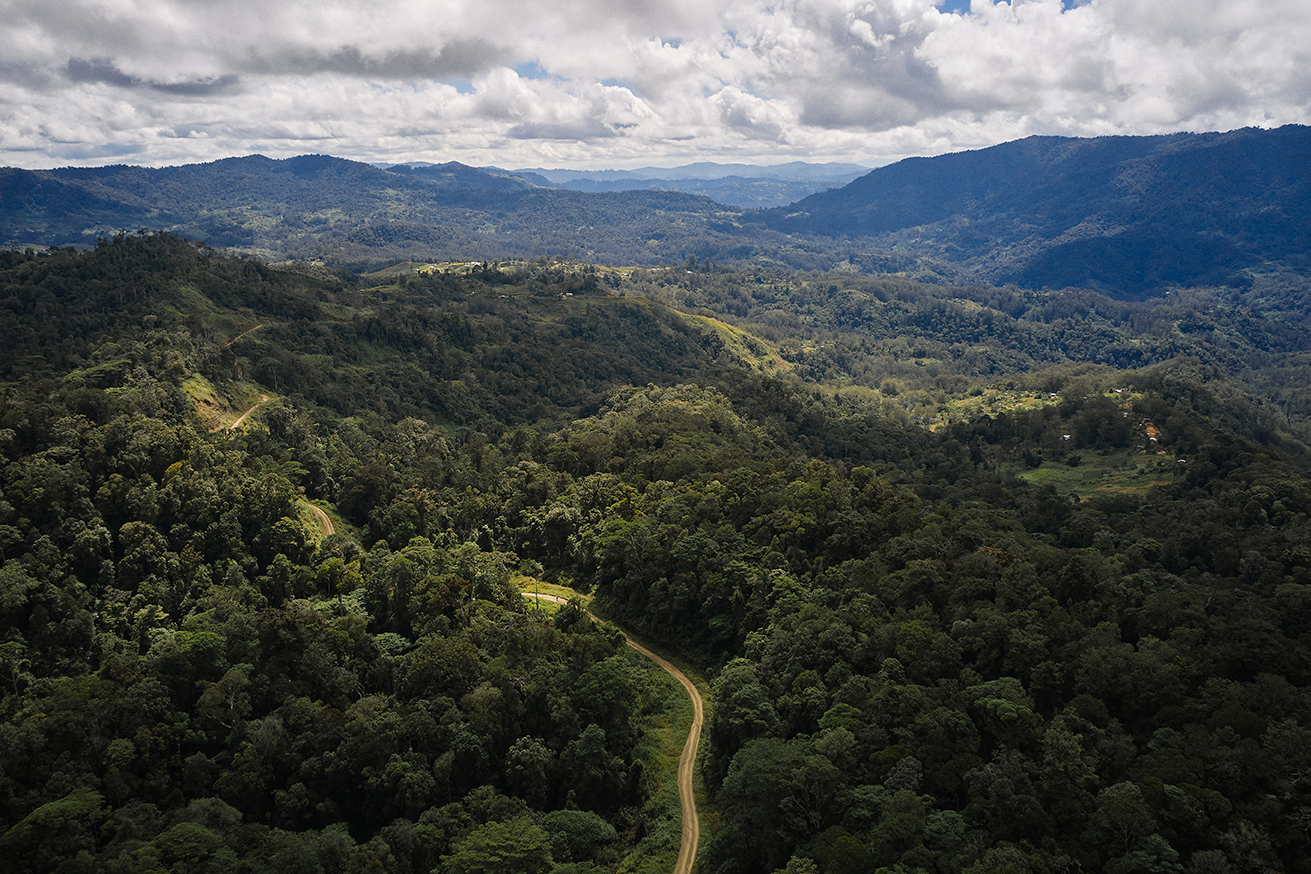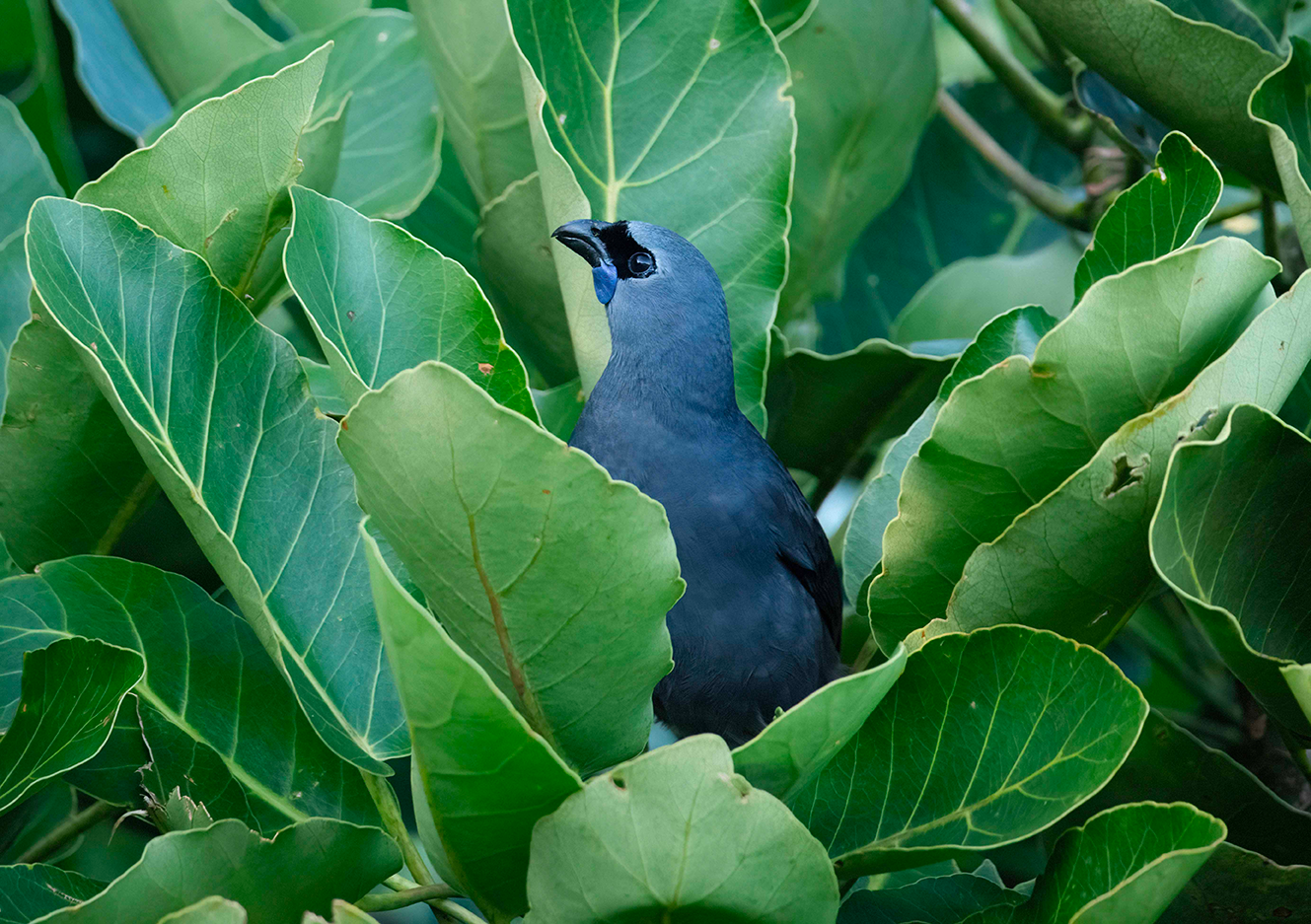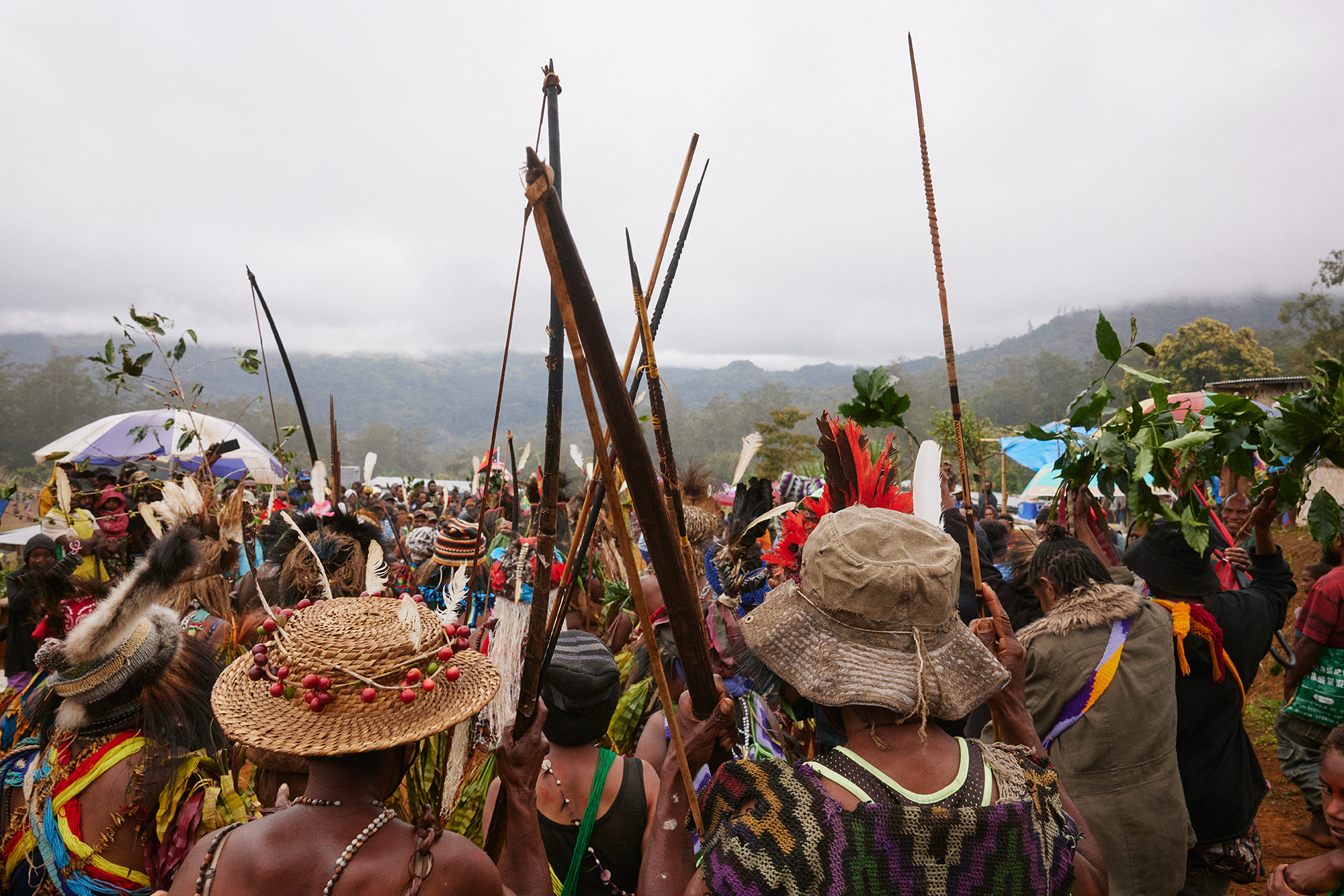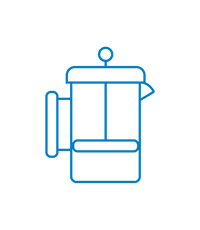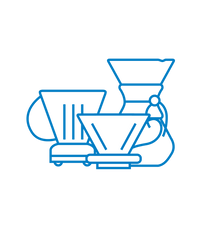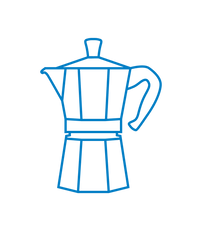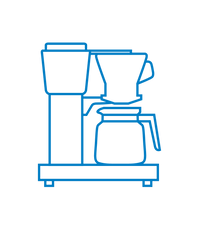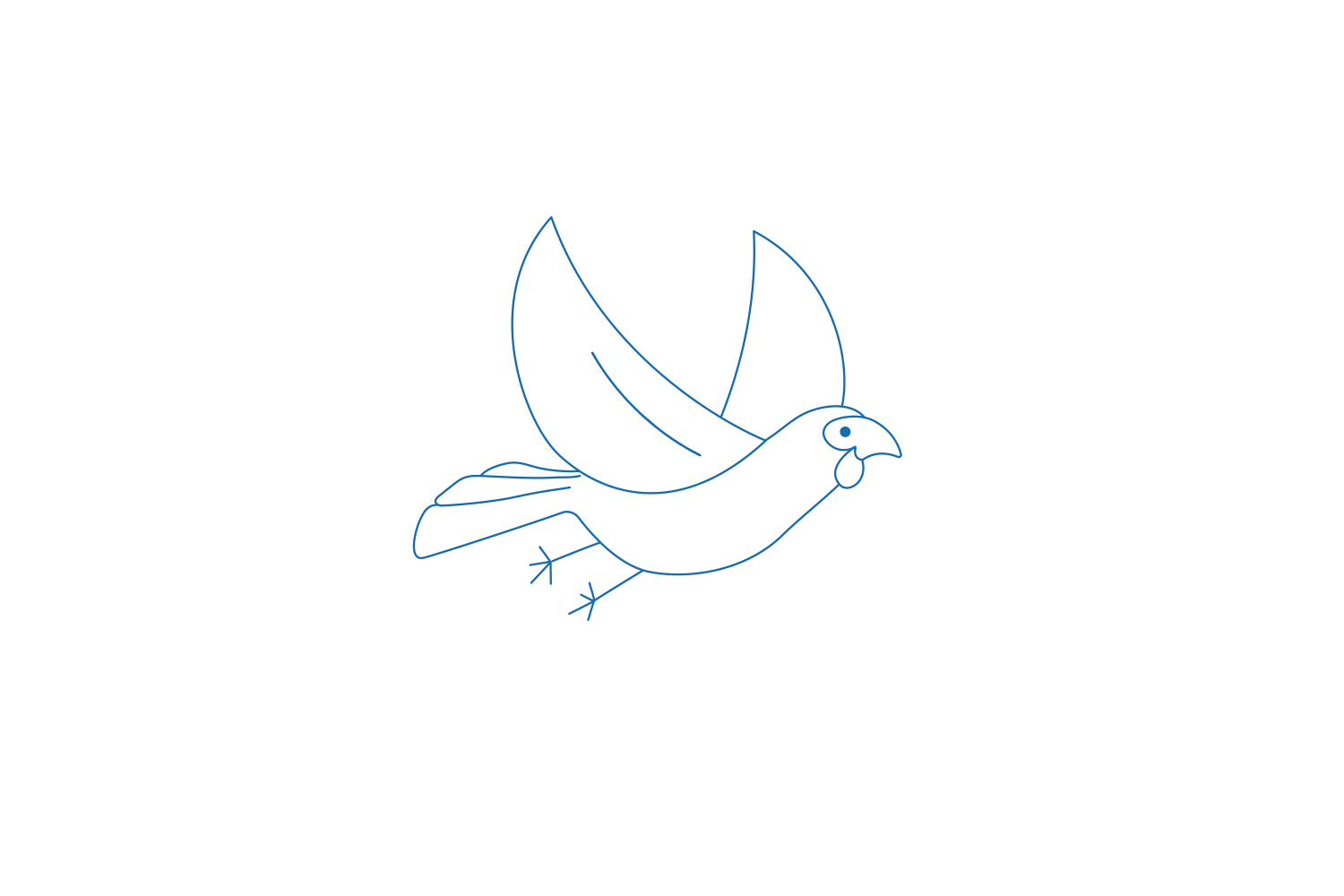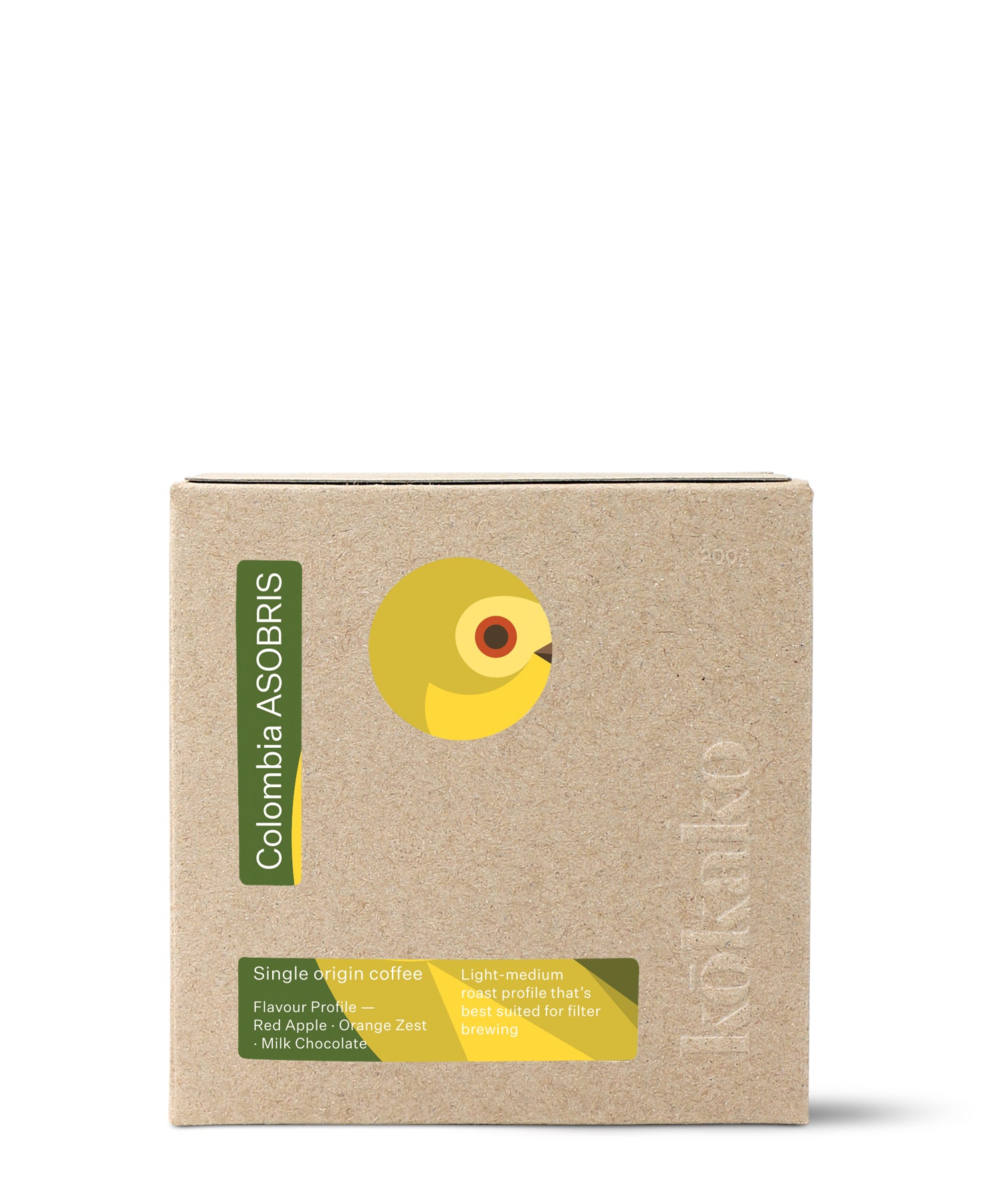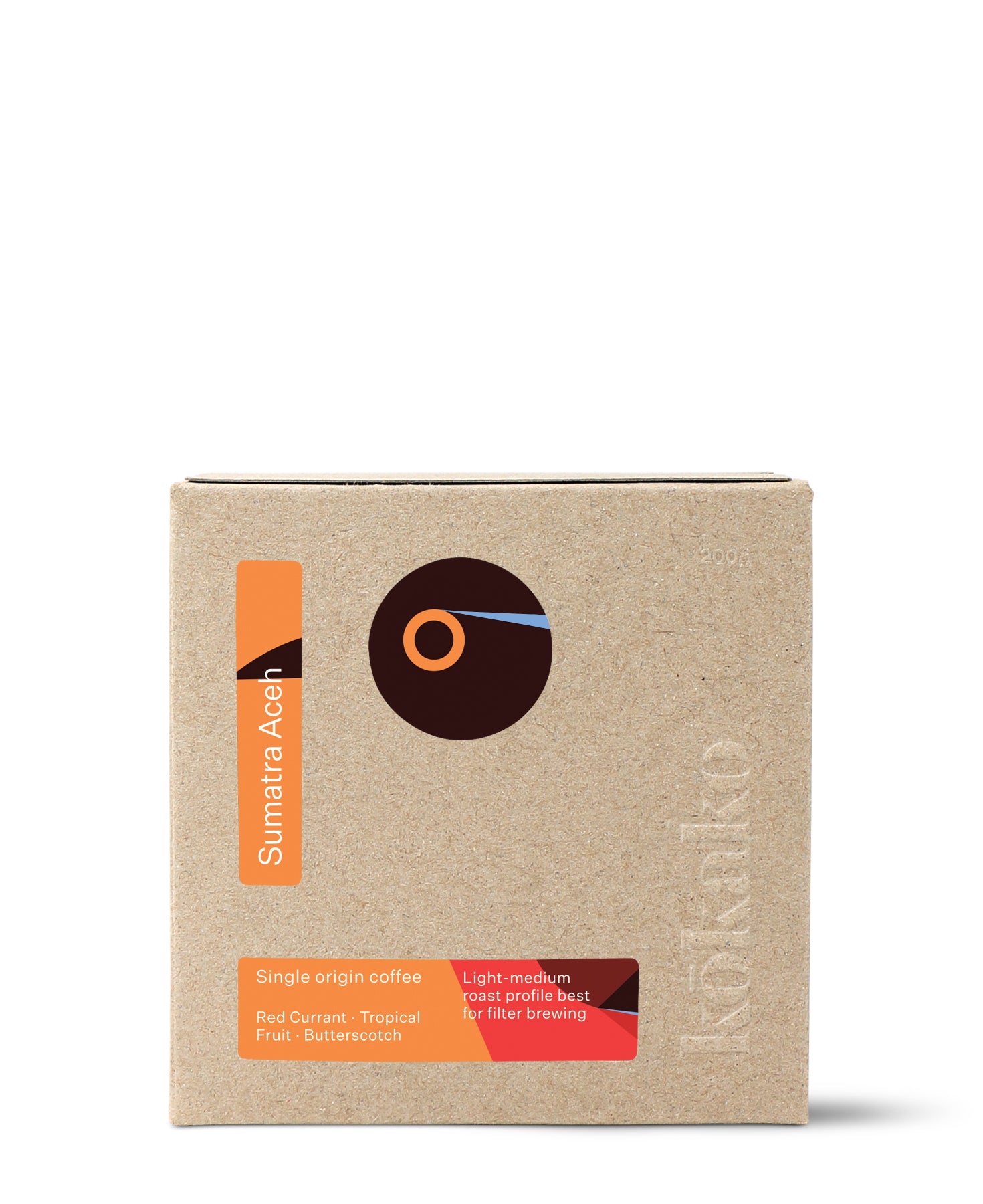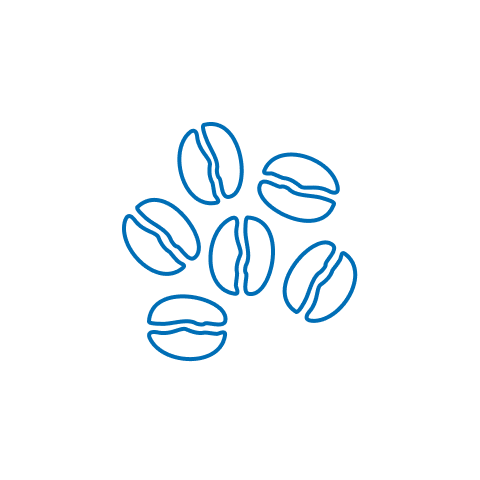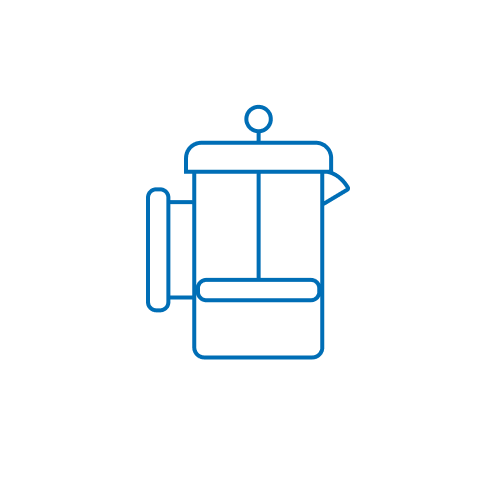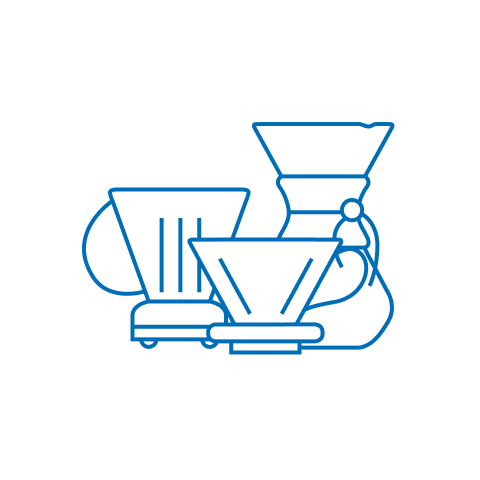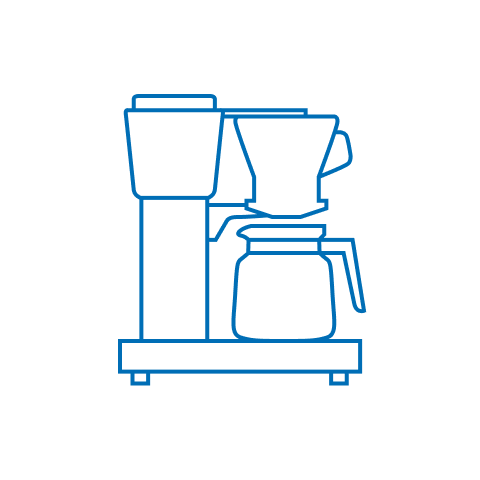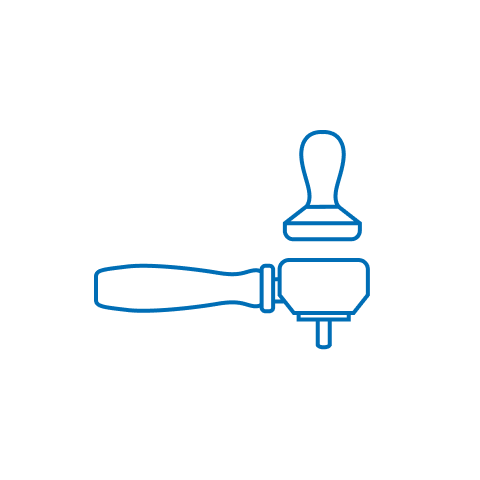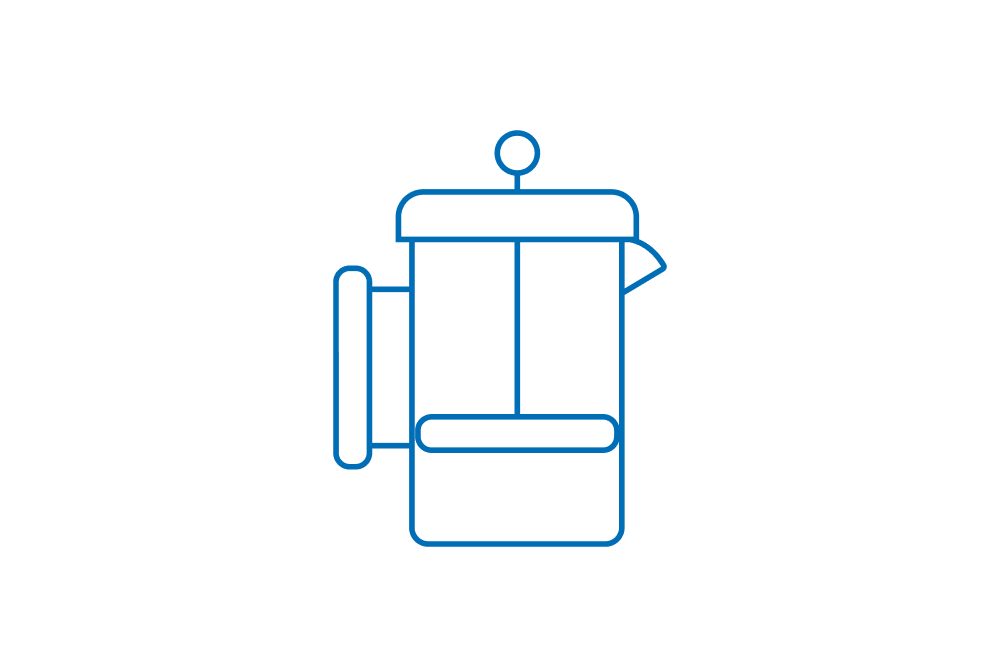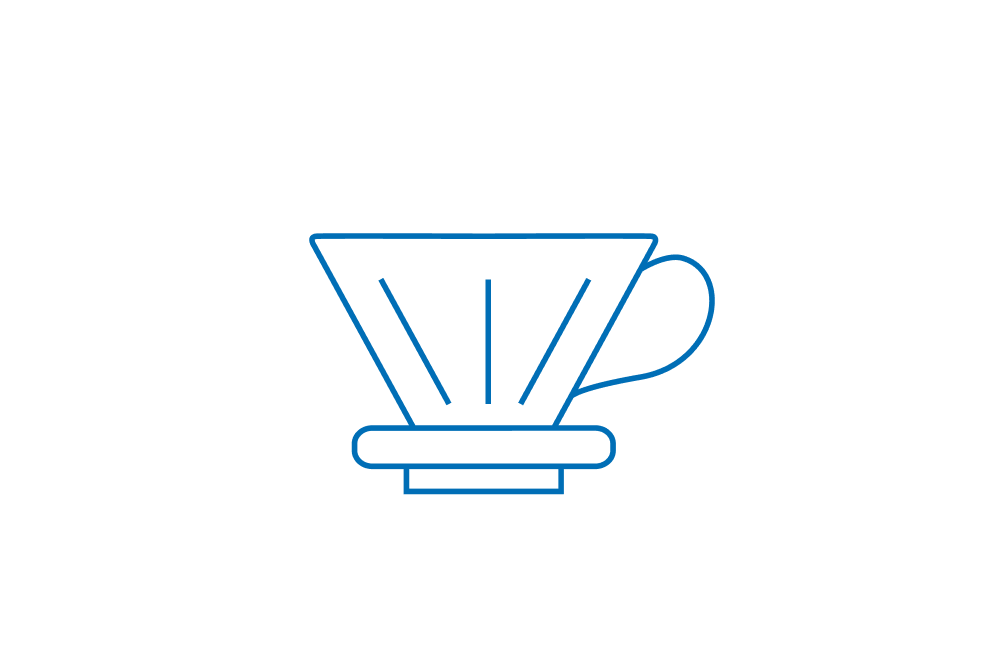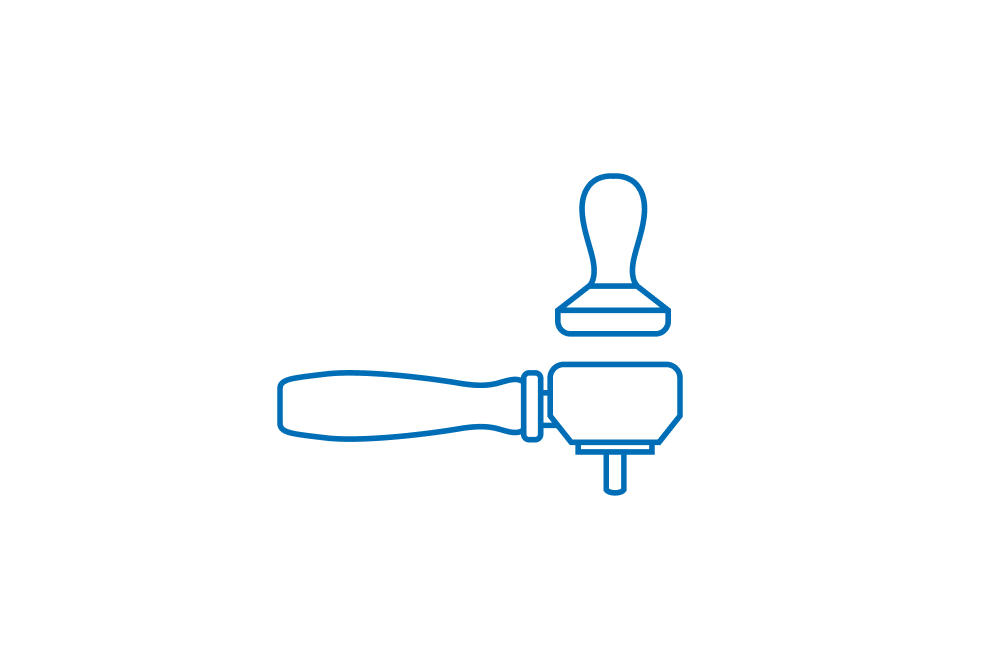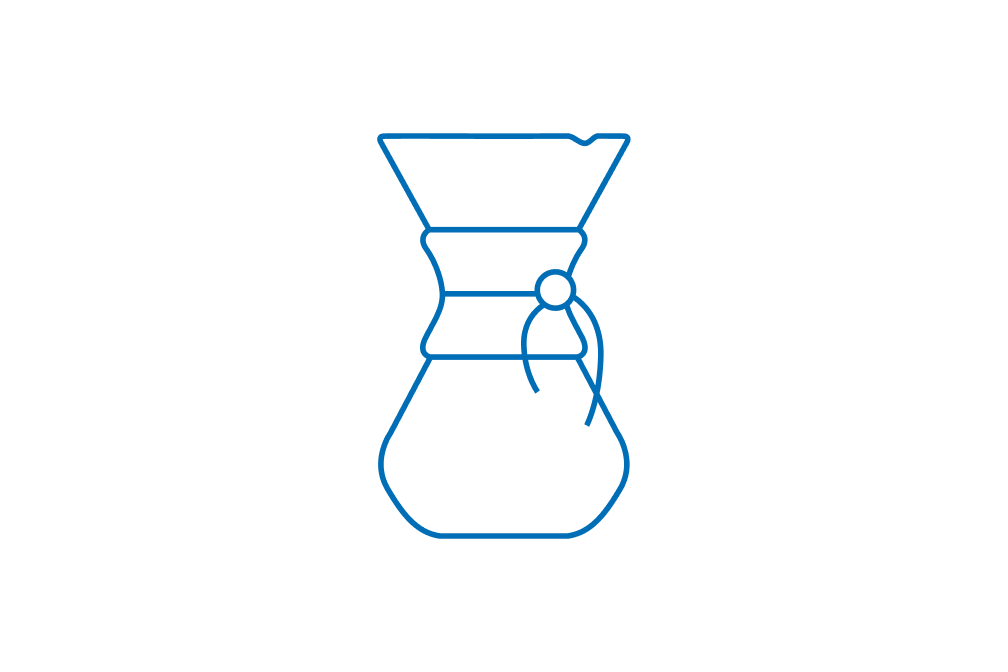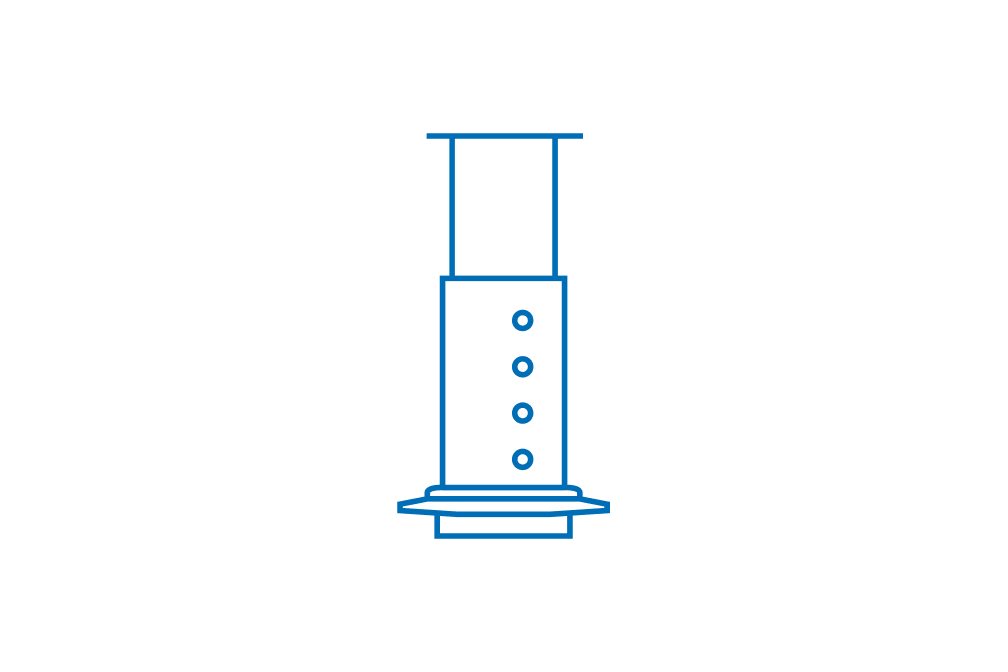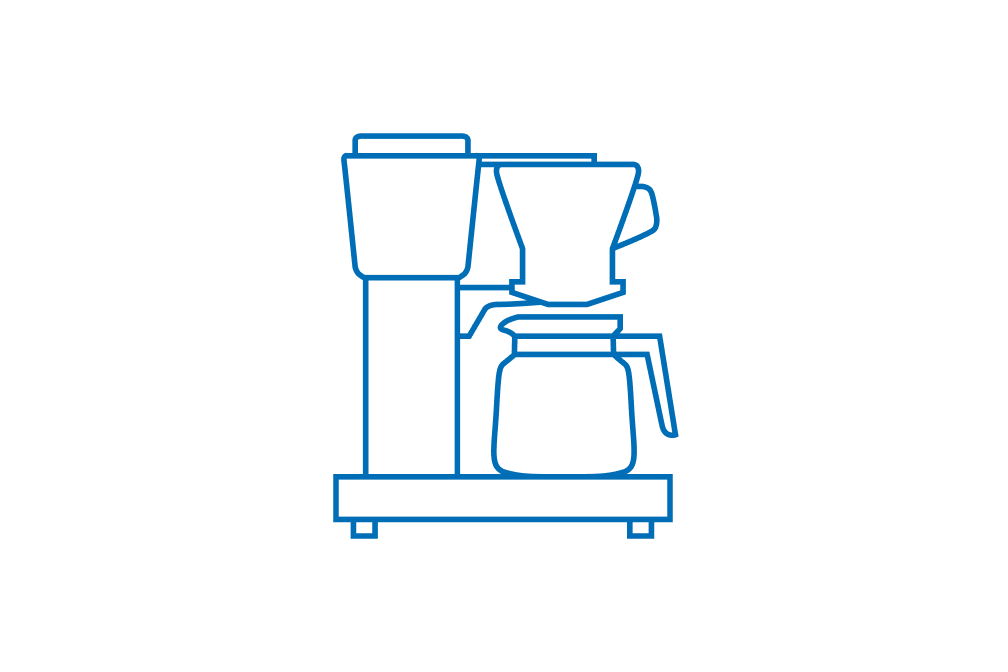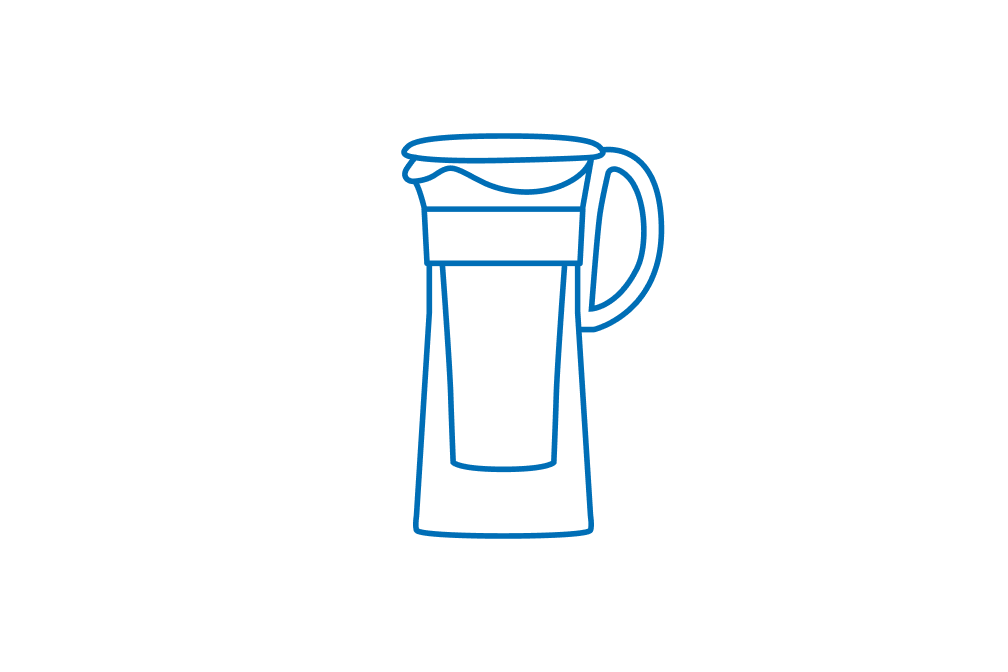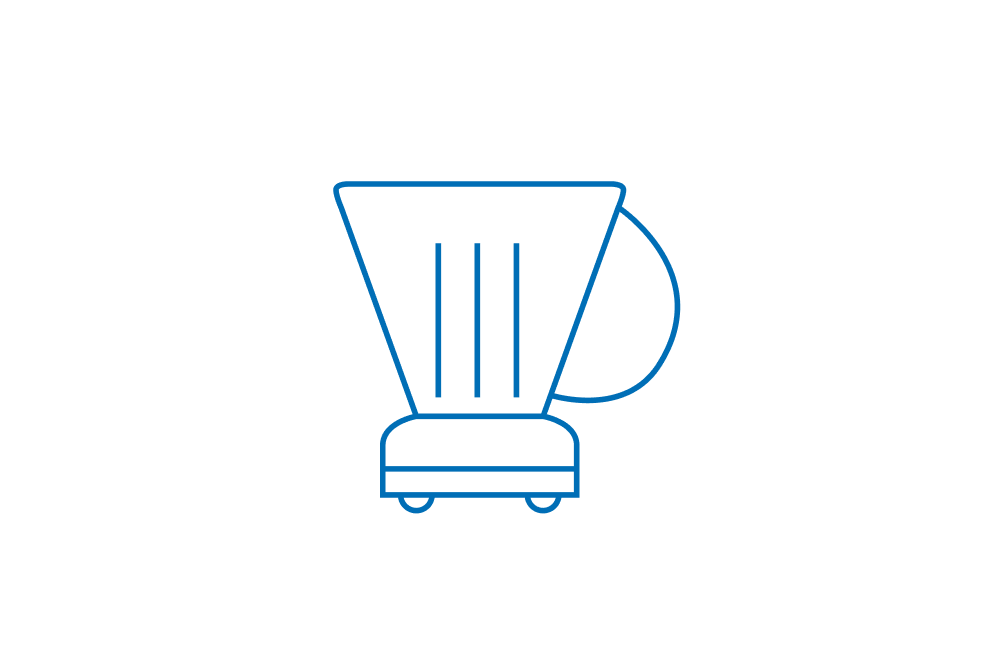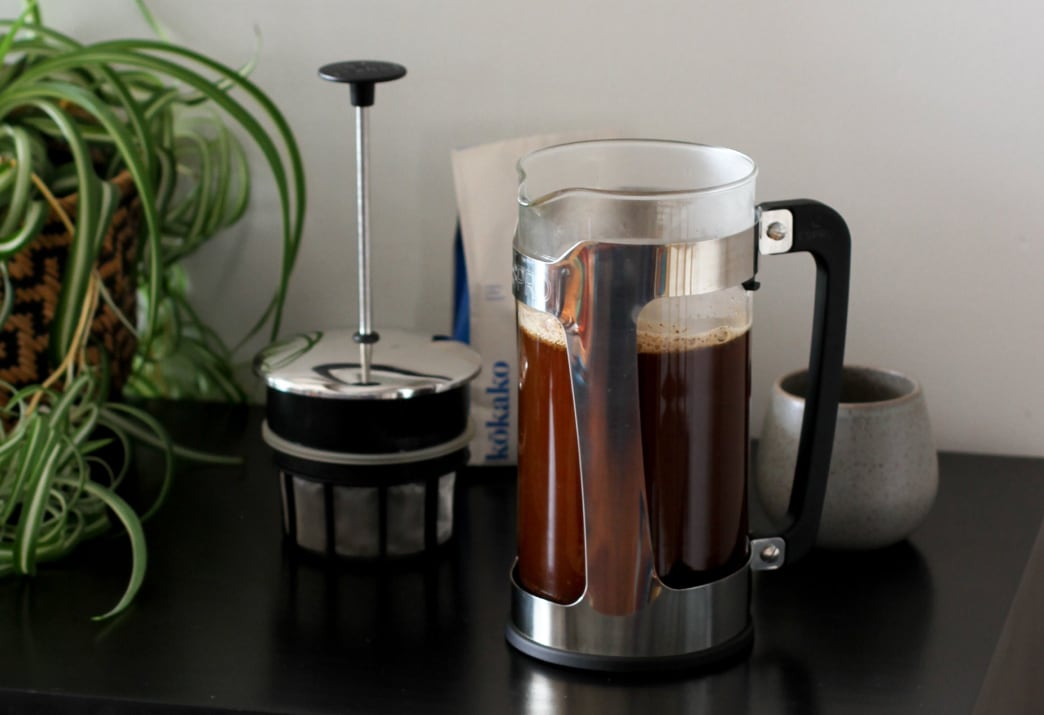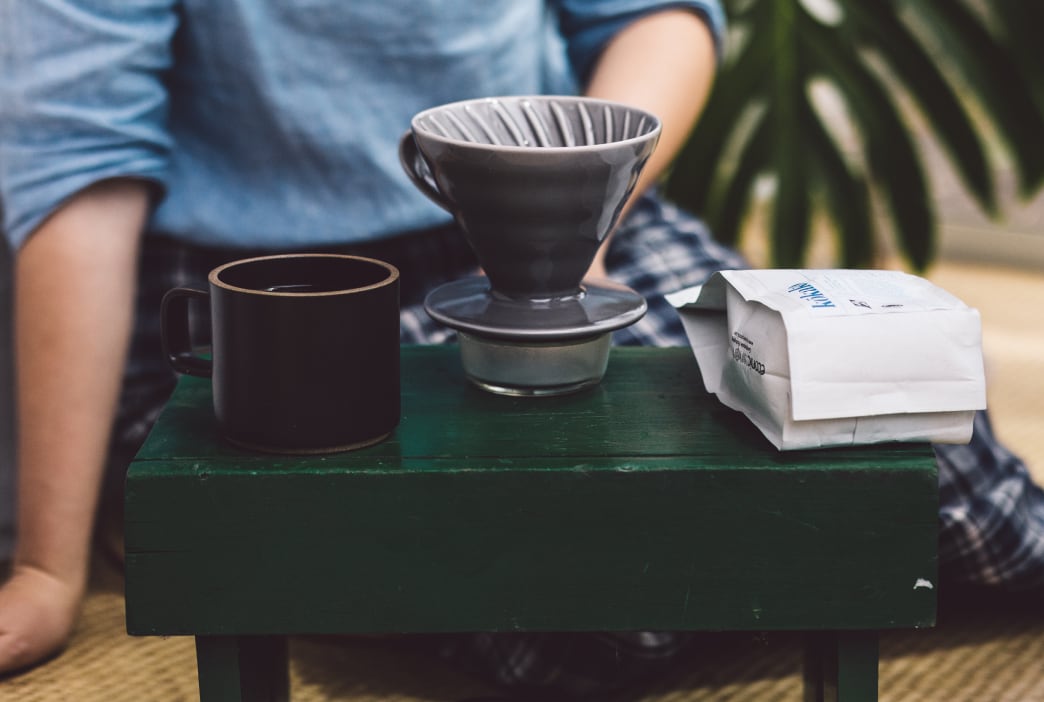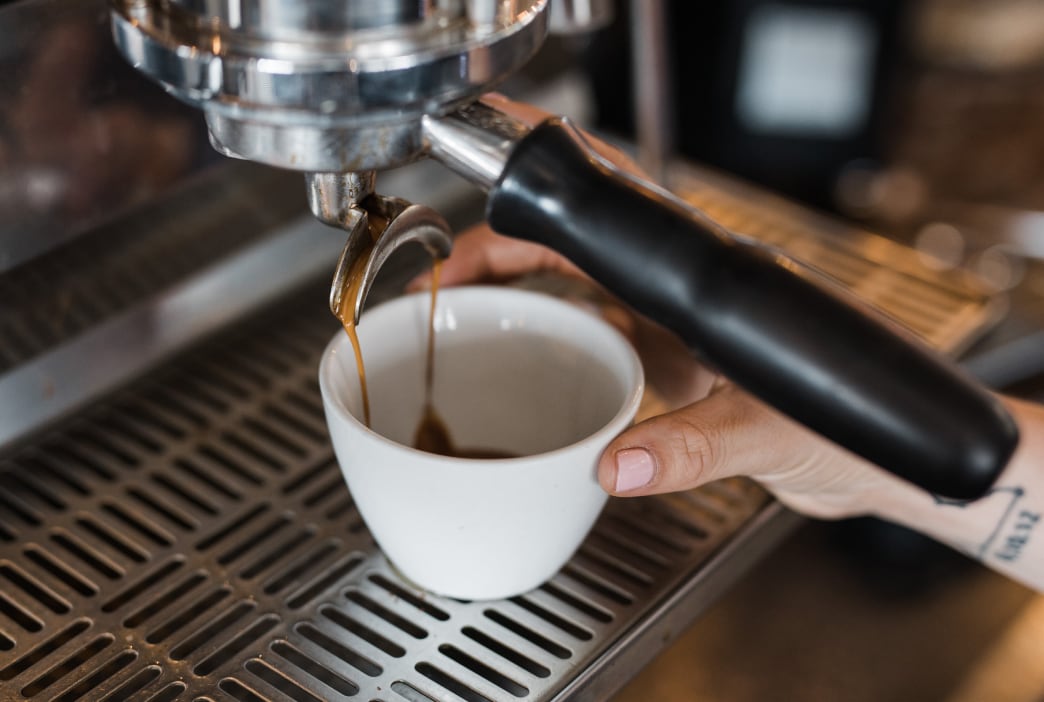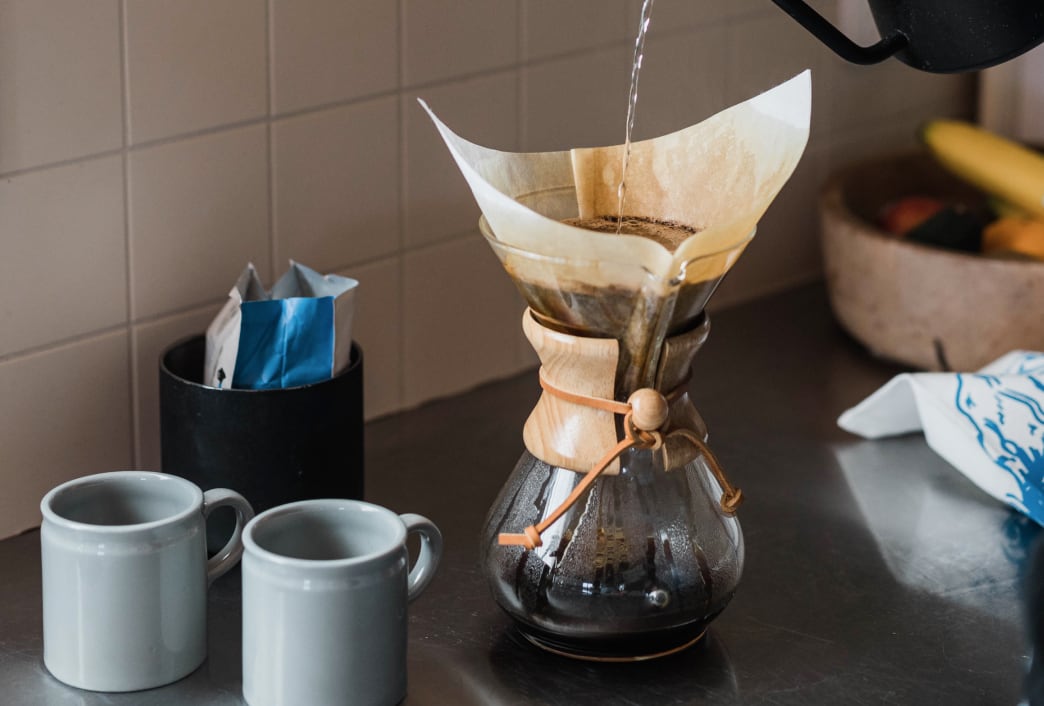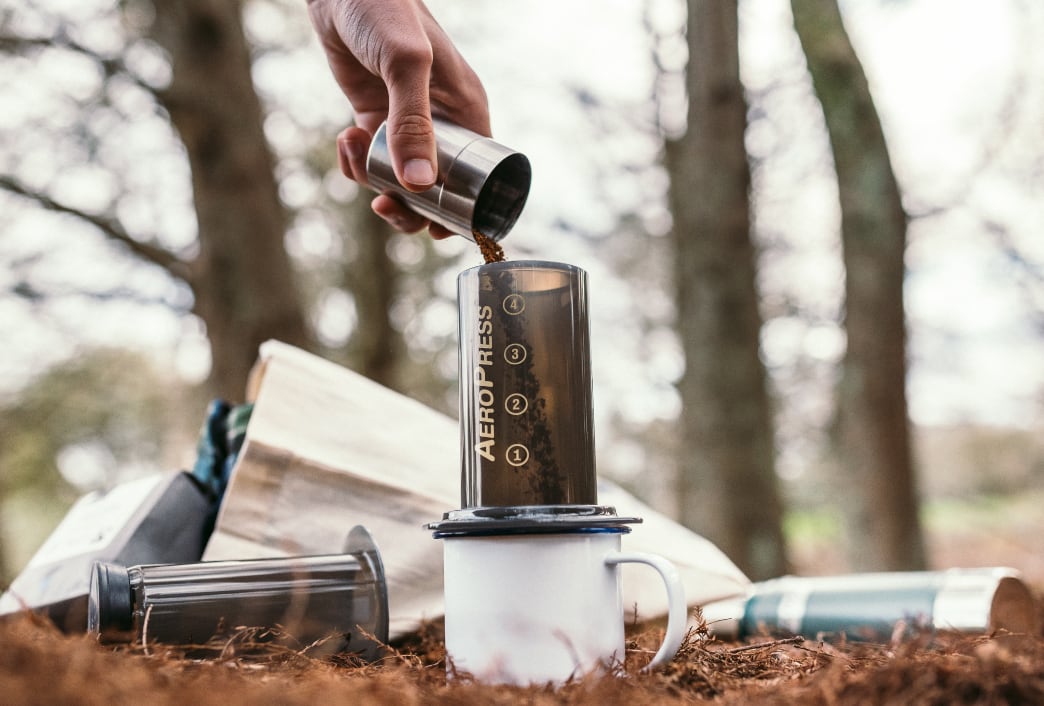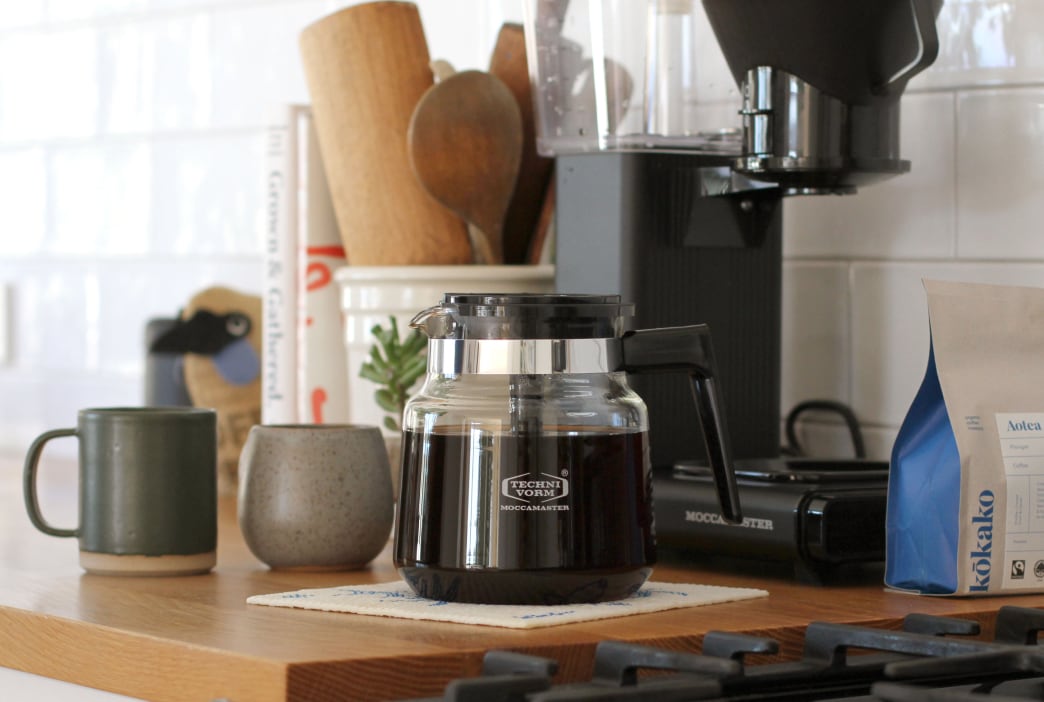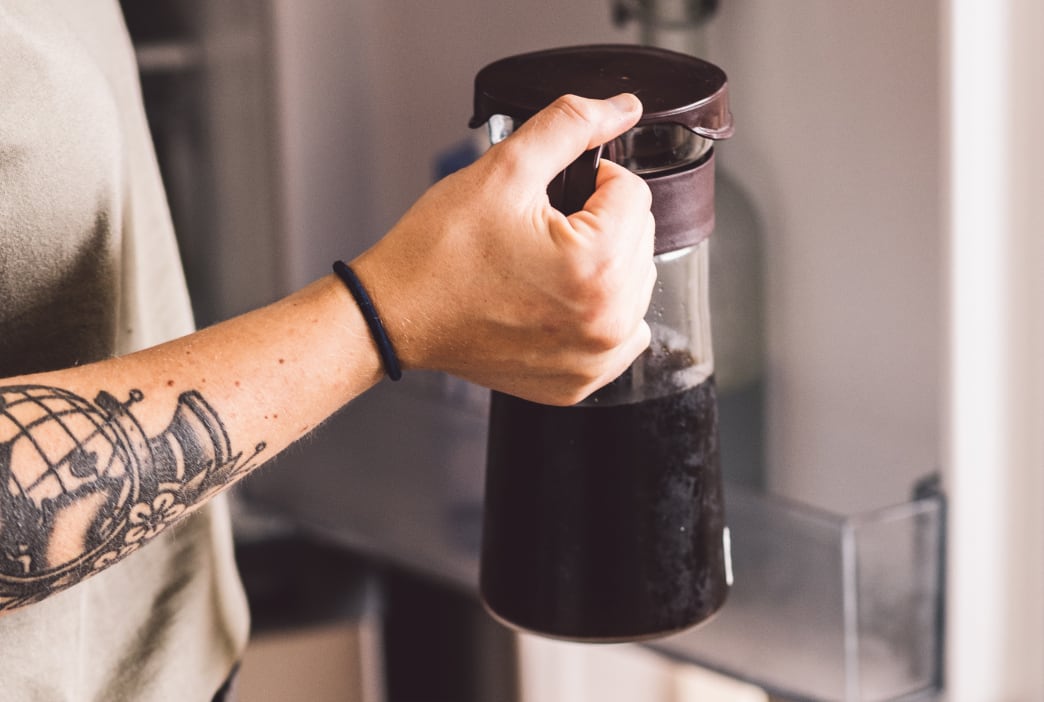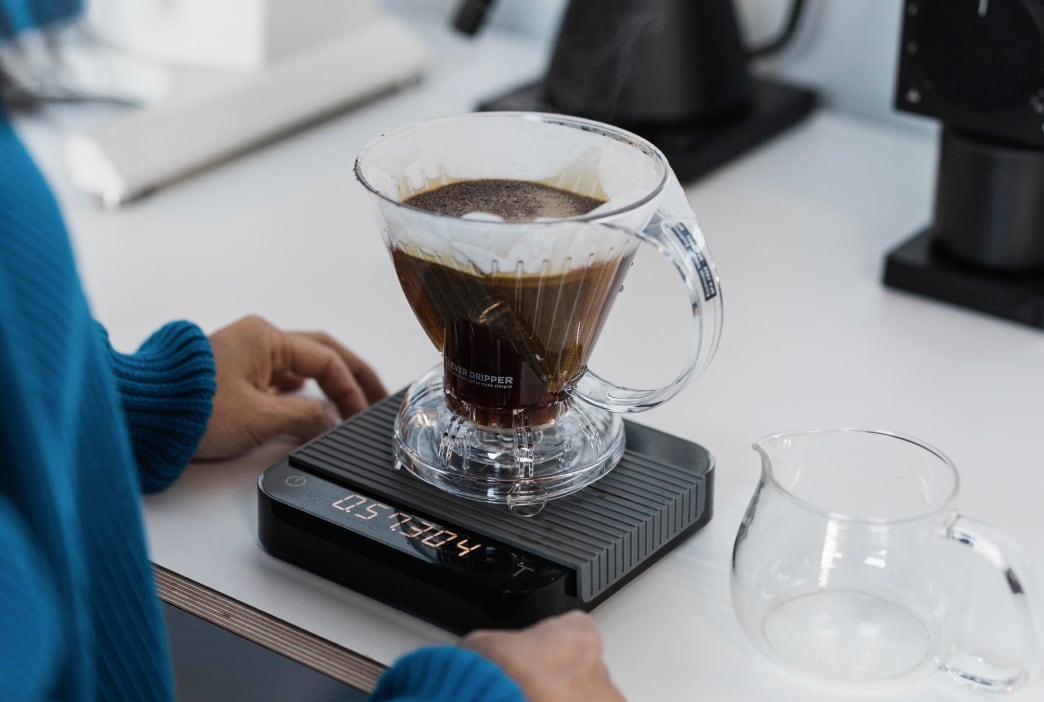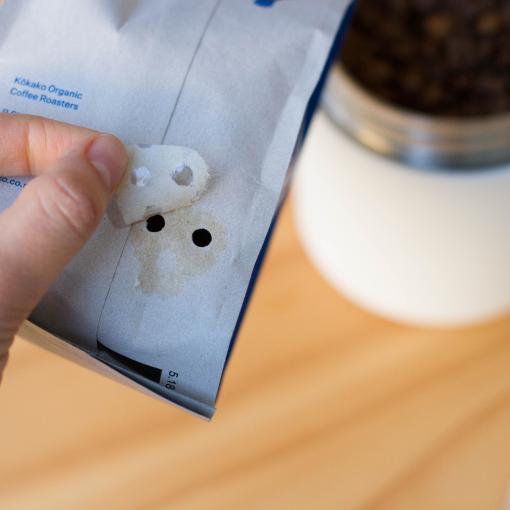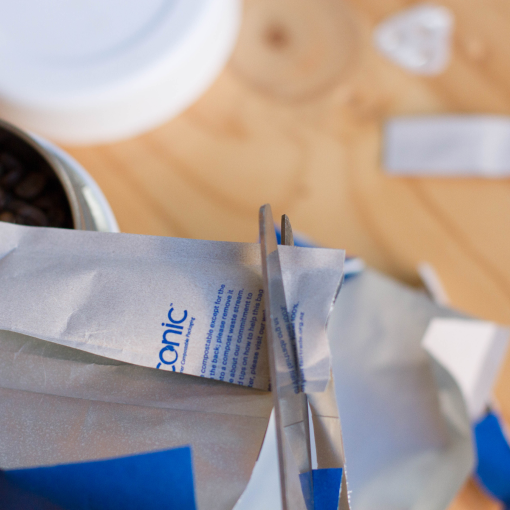For the most part, people at Kōkako don’t talk about the “danger” in PNG. Mike never mentioned it and it’s not something I thought about when I put my name forward to go. During a FaceTime chat with the group before we left NZ, there was talk of people being kidnapped and someone mentioned bows and arrows…
The night before we went to Purosa (where HOAC is), there were questions about the journey – how long it would take and if the drive up there would be safe. People outside of PNG tell stories and it builds this hype around danger, but everyone is very chilled in PNG, so when you ask questions, you get very laid back answers: “Should be fine, but the Prime Minister is coming to town and there could be some protestors.” It wasn't a response to make us worried but also not a response to reassure everything was going to be fine. What is this drive going to bring!?
I’m mostly excited for what tomorrow will bring although I am planning to make a speech at some point and public speaking makes me nervous. I still haven’t finished prepping what I want to say, but I have a rough idea in my head. Just need to get it written down! Need a good sleep because tomorrow is going to be big!
Day 4:
Goroka > Keefu Village > Miarasa Village > Amora Elementary School > Ivongoi Health Centre > Ricky's Plantation > Purosa
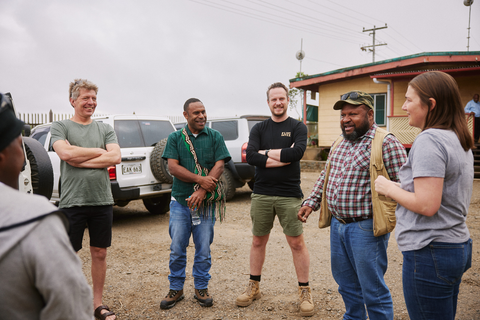
From left: Matt, Hose, Nick, Daniel and Alice.
Mitchell and the gang picked us up from reception after breakfast, then we stopped by Coffee Connections to see Daniel Kinne (coffee farmer and Chairman of HOAC). While we were waiting in the cars, we saw Daniel, Mitchell, Ricky, Hose, Andrew, Norman and others holding hands in a circle praying. I’m not sure what they were praying for, but I thought it was so heart warming and lovely – I thought maybe they were praying the trip would be successful, that we would be looked after and have a good time. But some others thought they were praying for our safety! Crazy how people can see a situation so differently – but also understandable with the sign on the back of the car. Later on we also saw signs that said ‘coffins for sale’. Yikes!

The road out of Goroka was regular tarmac with maybe a few potholes but once we were off the main highway it was dirt roads. The potholes got bigger and bigger and we had to swerve to avoid the dips. We asked Mitchell if that was as bad as it would get and he would just smile and say “nope”. We’d ask how much longer to the next stop and he’d say, “ummm maybe half an hour or an hour”.
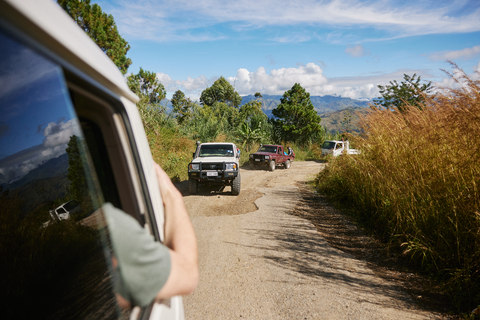
On our journey we passed through many villages and people would acknowledge us and wave, however my heart started racing as we passed through another village and the car in front of us was stopped by some people on the side of the road. There was a lot of talking that seemed of a serious nature. Then the passenger got out of the car, followed by the driver. They were chatting for a while and all seemed quite intense. One of the people started walking towards our car and we got really worried, so we wound up the windows and locked the doors. He looked in at us, looked at Mitchell and gave him a thumbs up and they shook hands. We drove off and I was like what was that!? Turns out it was just a toll…
When you focus on the scary stuff, the anticipation really plays with your head. Over the entire trip, we weren’t in a single dangerous situation and it’s sad that some of those horror stories have stuck to PNG. Like anywhere in the world, you should have your wits about you, but PNG was full of the nicest people I’ve ever met. Yeah, bad things have happened here, but they’ve happened everywhere and the reputation of PNG needs to change. This place should be known for how kind and wonderful the people are.
When we were driving, people were walking along the side of the road and kids were playing. Literally every single person had a smile on their face. It was so heart warming and really spurred us on for what was to come.
Once we passed the toll, we were in the Okapa region, which is where Purosa is and we planned to make a few stops on the way up. The roads were so bad, like going up or down a mudslide. We didn’t get stuck once, but driving side to side rather than in a straight line was time consuming. Google Maps said the drive from Goroka to Purosa would be 2hrs – it took us 7hrs in total with stops along the way.
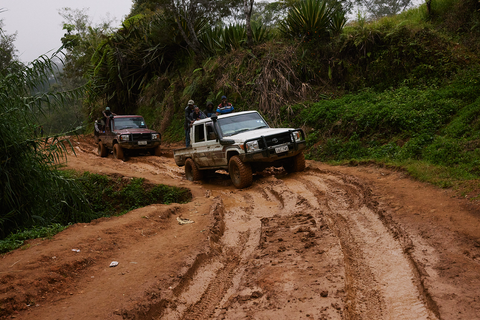
It’s such a shame – if the roads were better, the journey down to Goroka to deliver their beans would be so much quicker and they’d have more time with their families. They all seem perfectly happy to make the trip, but it weighs on my mind how much we take for granted.
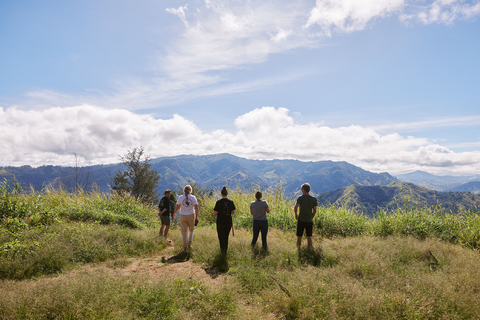
The scenery along the way was class – it’s so green and mountainous and reminded me of New Zealand. The flowers as well – just stunning! I saw flowers growing wild on the side of the road that you would pay $15 a stem for in NZ. I also saw my first coffee trees! They were so natural on the side of the road, growing amongst other wild trees, bushes and flowers.
We saw people carrying big bags of coffee cherries, but we didn’t see many other vehicles. Everyone just seems to walk everywhere.
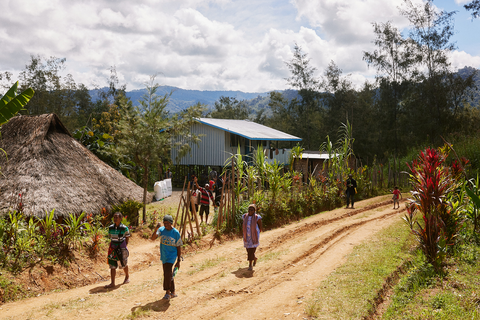
It wasn’t that obvious when we were passing through villages; there would just be the odd house or hut on stilts with either an iron or thatched roof.
HOAC chose to spend some of their Fairtrade premium on the iron roofing. The thatched roofs used to be made with kunai grass, but this is now scarce because of a non native plant growing causing extinction to Kunai Grass . The iron roofs also catch rainwater, which is then stored in tanks and used to wash coffee, improving its quality. The water is also for households to use when fresh water is hard to come by. This project started in 2018 and is now 60% complete. It will continue until all 2,000+ members of HOAC have been assisted.
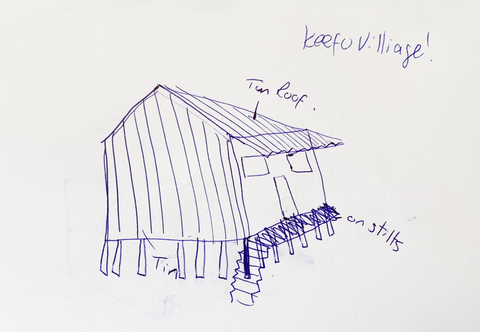
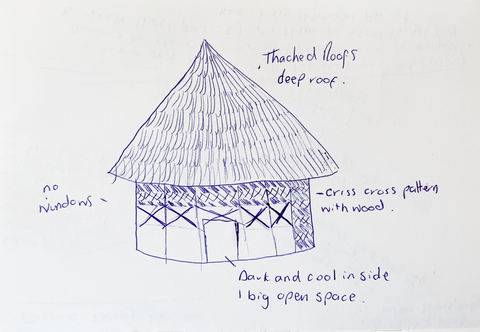
Keefu Village
Our first stop on the way to the Highlands was a couple of hours into the journey, visiting Keefu Village. It was just amazing to meet all the people, talk, ask questions and just be in their company. I met Henz there, who would continue with us on to Purosa. He explained to me that the benefits of being part of HOAC was better livelihood, housing and income.
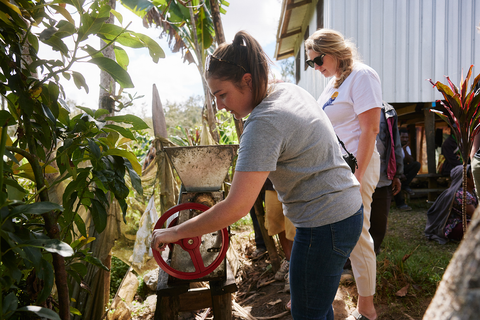
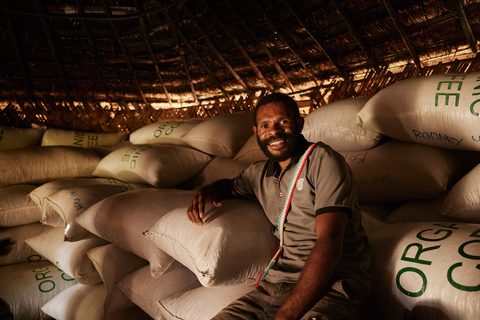
We were shown the pulper which was funded by Fairtrade and the large hut where they stored their beans. Ricky and Norman made a speech about the coffee supply chain and explained who we were. They were speaking in Pidgin, so I couldn’t understand what they were saying but everyone was so engaged.

Norman (black beanie) makes a speech at Keefu Village.
Afterwards, we were shown the green beans with the parchment (the dry crumbly skin), in bags. They showed us how they stitch every bag shut with a needle and thread, so they’re ready to be taken to the dry mill where they remove the parchment.
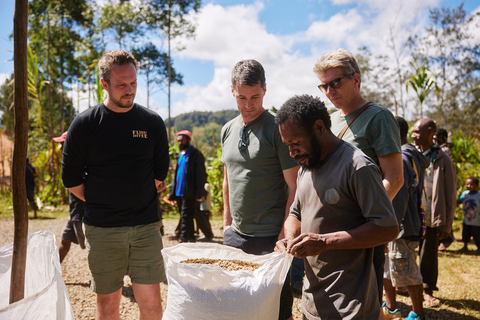
I also saw a freshly pulped cherry from the pulper (it was all slimy and sticky from the fruit), and Jonnick showed me how they eat the fruit from the cherry and spit the bean out. I tried it – it was really juicy but the flavour disappeared quite quickly. I felt bad spitting the bean out after all the effort it took to grow it, pick it and pulp it – it was definitely a one-time thing for me!
Even though we stayed longer than planned, it didn’t feel like long enough. I was in my element here and it was amazing to see how happy people were that we had come to visit. They were so welcoming and I just wanted to give as much as I could to reciprocate.
Miarasa Village
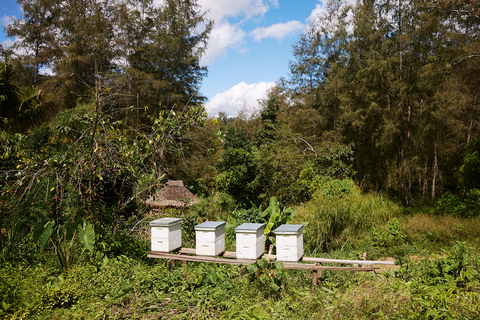
Our second stop was Miarasa Village where we got to see the bee hives HOAC were keeping.
This is a special program which has been rolled out in Okapa to help both men and women diversify their incomes and increase coffee yields. The bees have two purposes. Not only do they provide honey for use and to sell, they also pollinate the coffee flowers. This is necessary because native bees have decreased due to changing weather patterns.
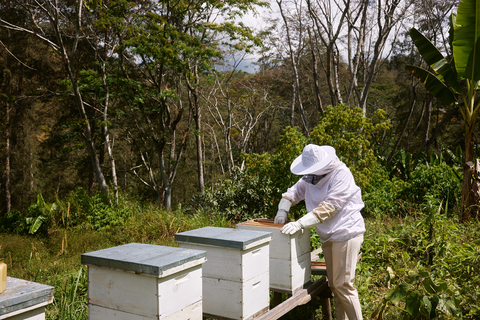
Nadia (Fairtrade) tending to the bees – she's a beekeeper in NZ and gave the village a jar of her honey from home.
The plan is to set up bee hives at different locations once the hives produce more queen bees. Before they distribute the bees to farmers, they’ll come to Miarasa to get training. Miarasa will become the hub for beekeeping, breeding bees, offering training and technical advice. They’ll also buy the honey off the farmers once they start producing it, then take it to markets and towns, and maybe one day overseas to sell.

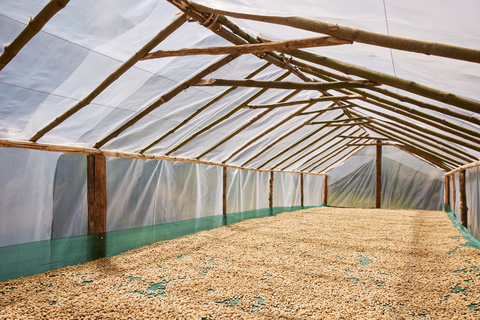
The other thing we saw that has been introduced to Miarasa was raised drying beds. It’s almost like a greenhouse, with a timber frame and plastic sheets over the top to trap the heat in. Inside, there was netting, which stretched along the length of the structure. The beans were laid out on the netting to dry.
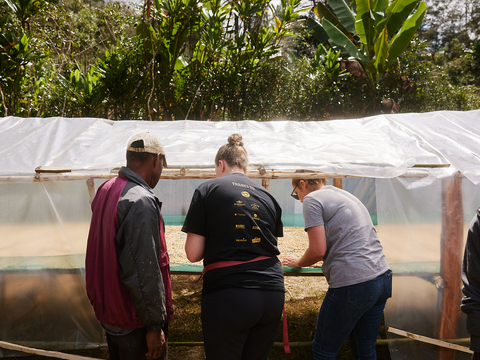
I could feel the heat as soon as I poked my head inside. A man named Alford explained that once the green beans are washed, they’re laid out on these beds to dry for 2–4 days. When the beans are completely green, they’re ready. If you can see a black dot in the middle, they need to dry longer.

The majority of coffee farmers in HOAC dry their beans on sheets which are laid on the ground. It takes a lot longer this way as they don’t get the same air circulation and have to roll up the sheet each night before it gets too cold and damp. They also have to rake over the beans regularly so that they dry out evenly. If one side of the bean is more dry than the other, it’ll cause issues when it’s roasted. Drying them this way can also cause defects in the bean called earthy coffee.
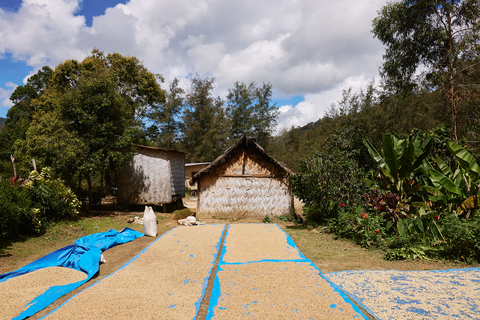
Building more raised drying beds in HOAC is a priority and I can really see how beneficial it’ll be for them. They’re so impressive!
Miarasa also want their village to be a drop off point, where farmers can bring their beans which will then get taken to Goroka. They have a big storage house where they keep the bags. It’s so great to see how much motivation they have, and to see all these ideas coming to life that will not only benefit the farmers but the whole community. There’s no competition between anyone, it’s just one big partnership where everyone supports each other.
Amora Elementary School
We went to see this school because HOAC had funded it along with another one in the area. It was school holidays so the school was closed, so we met them in the village.
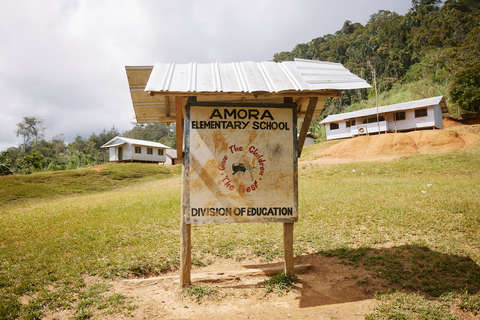
We stood in a line and introduced ourselves. This was my first time speaking publicly – my heart was racing and my voice was trembling but I was happy to be given a chance to say how grateful I was to be in their beautiful country and thank them for being so welcoming and kind to us. It felt great to finally be able to say it out loud.
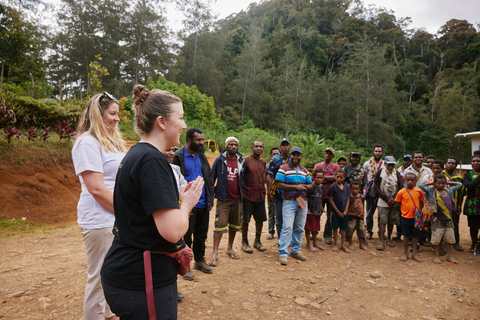
We were each given a beautiful hand-stitched bag called a bilum, which they put over our heads like we were receiving a medal. Then we would get a big hug – it was so lovely! My bilum had such a beautiful design – so much effort had gone into making it.
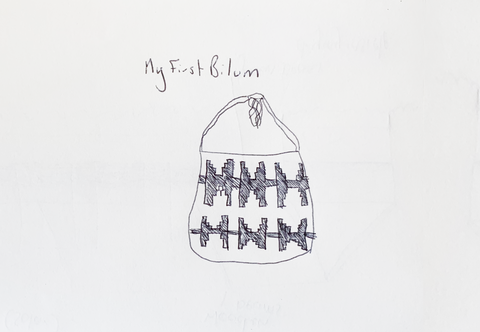
Ivingoi Health Centre
Next stop for us was the Ivingoi Health Centre where they deliver babies. There were about 6 beds with dividers positioned in a square. We were told that the building had been completed in September 2020.

Resources have been provided to the Centre by HOAC to boost the numbers of healthcare workers, especially for pregnant women. Two special maternity beds have also been delivered. The combination of these two interventions have resulted in a significant decrease in infant mortality.

Since they received the maternity beds, over 2,000 babies have been delivered on each bed! There was actually a mother in the Centre while we were there, with her newborn baby. The place was so lovely and peaceful – you could see how content she was in her private section.
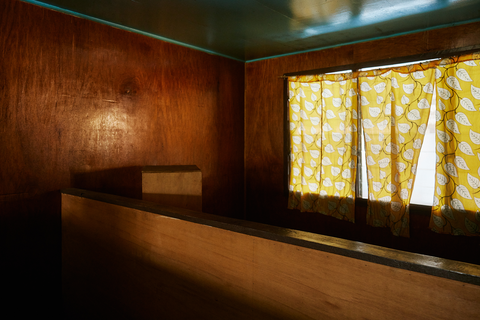
Ricky’s House and Plantation
Ricky is Mitchell’s dad. He owns a coffee plantation that is 24 hectares. To give you some scale, you get between 1500–1800 coffee trees per hectare. The majority of people in the Okapa region will have a small plot of land, growing around 1500 coffee trees at their home.
Ricky’s home had a real family feel to it with kids running around, like an uncle or aunty’s house that everyone is always at. Fun fact – in PNG they call their older uncle ‘big dad’ and younger uncle ‘little dad’.
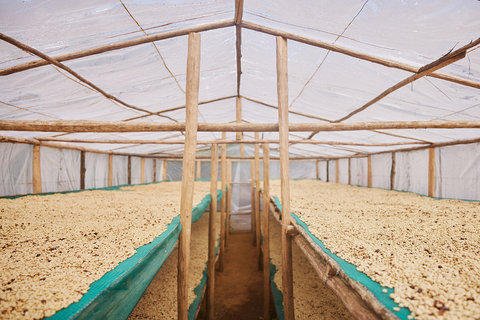
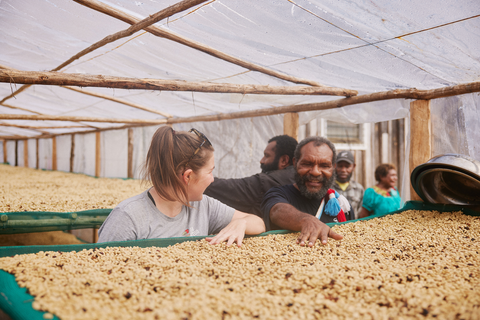
Ricky showing Nadia the drying beans, with Mitchell in the background.
He had a massive raised drying bed, with 2 levels that you could walk into. It was so hot inside! Because heat rises, the bottom layer is cooler so they put the beans there first so they don’t dry out too quickly, they move them to the top layer to complete the drying process.
Afterwards, we went to see the many coffee trees. I got a much closer look at the coffee cherries. Mitchell picked a couple of ripe ones and told me you can pick around 6kg of cherries per tree.

The cherries all ripen at different times, so they harvest them by hand – there’s so much work involved in every part of the process here.
The trees weren’t in uniform rows like you’d see on farms elsewhere in the world. They grew amongst other species of trees, all in a very natural way – they haven’t tampered with the environment. I saw a lovely quote that summed it up perfectly: “The soil is rich; the climate is perfect; the conditions are right. They don’t need chemicals – PNG is organic by default.”
Afterwards, we went back to Ricky’s house and were given a lovely juicy pineapple straight from the tree! It was nice to have a little rest and stretch the legs, because next stop is Purosa!
Purosa
As we were getting closer to Purosa, I could feel the excitement in the air. We were seeing more and more people on the journey and they were cheering, waving tree branches and running alongside the cars. People were shaking my hand and smiling and waving – it was just such a buzz!
Eventually the cars stopped and they decided we would walk the rest of the way. There was a big sign above our heads saying ‘Welcome to the heart of Purosa Organic Coffee’.
What happened next was honestly one of the most incredible moments of my life. We were at the top of the hill, looking down and we could just see this sea of hundreds of people dancing and chanting, wearing grass skirts and head pieces. Some were holding bows and arrows, others had shakers or drums and they were coming towards us!
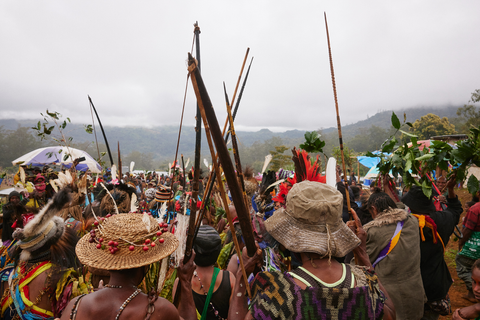
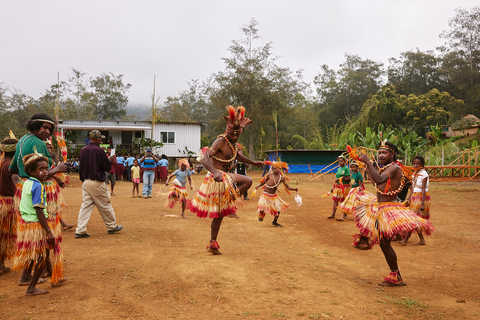
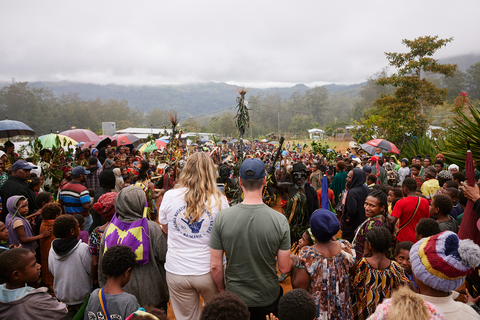
When we met them, they parted to let us through. I was dancing to the beat and two ladies had their arms around me. All of us got lost in the crowd. Josh had to stop taking photos because he was holding four people’s hands! Everyone was singing and smiling and they were so happy to see us. It was such an amazing welcome – I never anticipated that our visit would be such a big deal to them. It was super emotional.
As we reached the bottom of the hill, there were even more people waiting. 5 men, all dressed as warriors, danced then guided us to a group of school children who were all lined up in their uniforms, then they sang the PNG national anthem. 3 girls had bilums for us, so I stepped forward as one of them placed it over my head. I gave her a big hug and thanked her so much.
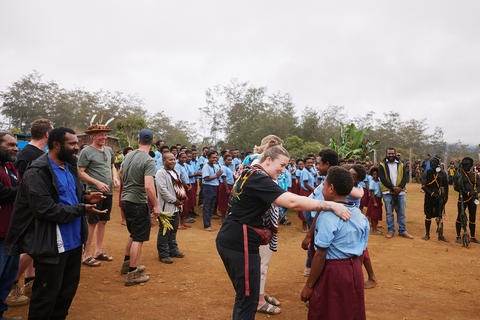
We walked up to a balcony, where we could see how many people were really there – no joke, there were about 2,000 people! I caught Norman’s eye and knew this was the moment for my speech. He gave me a thumbs up and I was so ready for it. I was nervous but determined – even though I knew my speech couldn’t come close to the welcome I had just received. I just wanted to give as much of myself as I could and show them how grateful I was to be there.
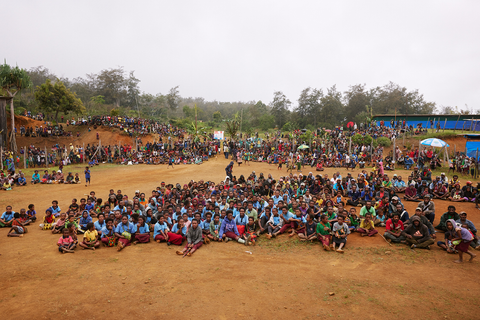
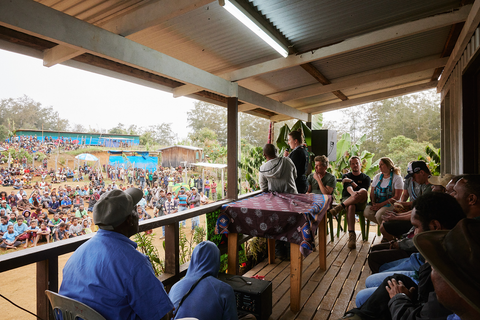
I started it off with “Hello Purosa!” (There's me thinking I'm in Wembley Stadium!) I introduced myself and thanked them, not just for their incredible coffee but for their incredible welcome and being a part of their beautiful home and community – speaking paragraph by paragraph so Norman could translate.
Never in my life did I think I’d be able to speak in front of that many people but after that welcome the nervousness just disappeared – all you want to do is give back.
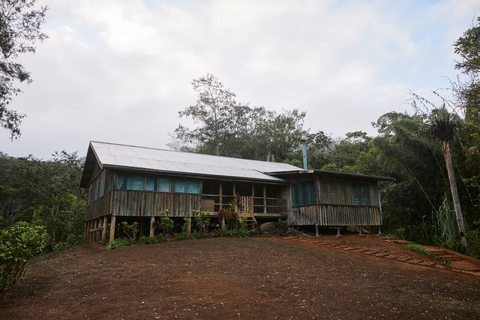
Afterwards we were taken to our accommodation – it was Daniel’s dads place before he passed away 3 years ago and no one had stayed there since. Boy were they accommodating – everything was new, some of it still in boxes. There were a couple of men on the roof trying to get the hot water working. They went above and beyond to make us comfortable.
We had dinner and everyone was just so relaxed, comfortable – absorbing what just happened. I don’t think I’ll ever experience these feelings again and I don’t think I'll sleep tonight from the buzz but I’m looking forward to what's to come.
Photos by Josh Griggs with supporting images and sketches by Caz.
Share
Back to articles
